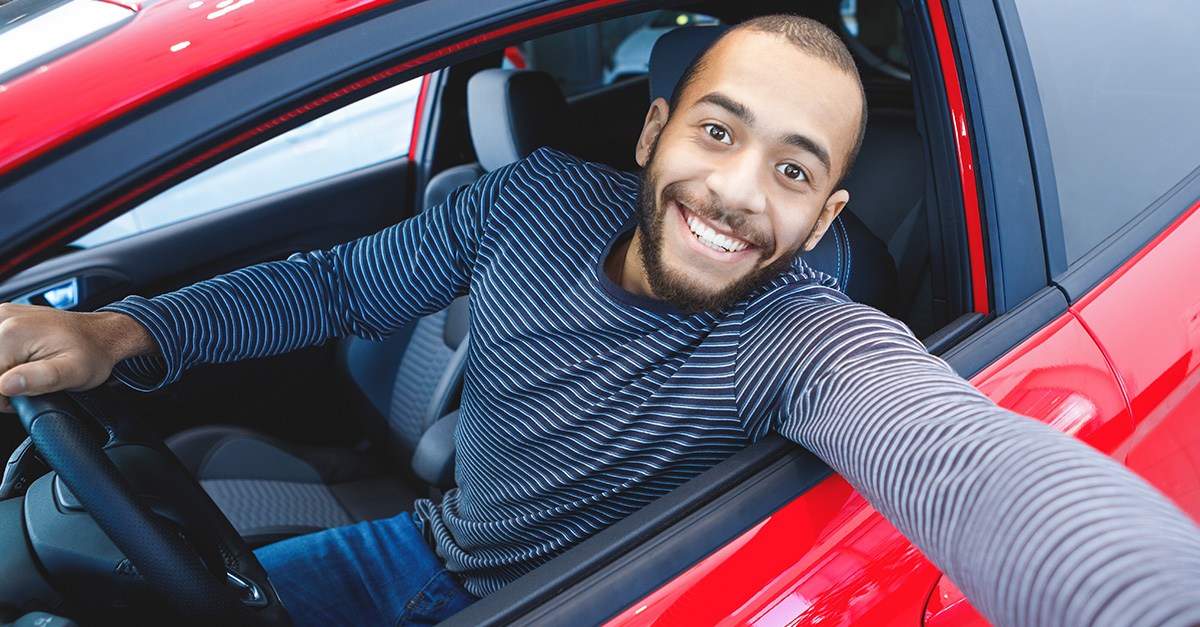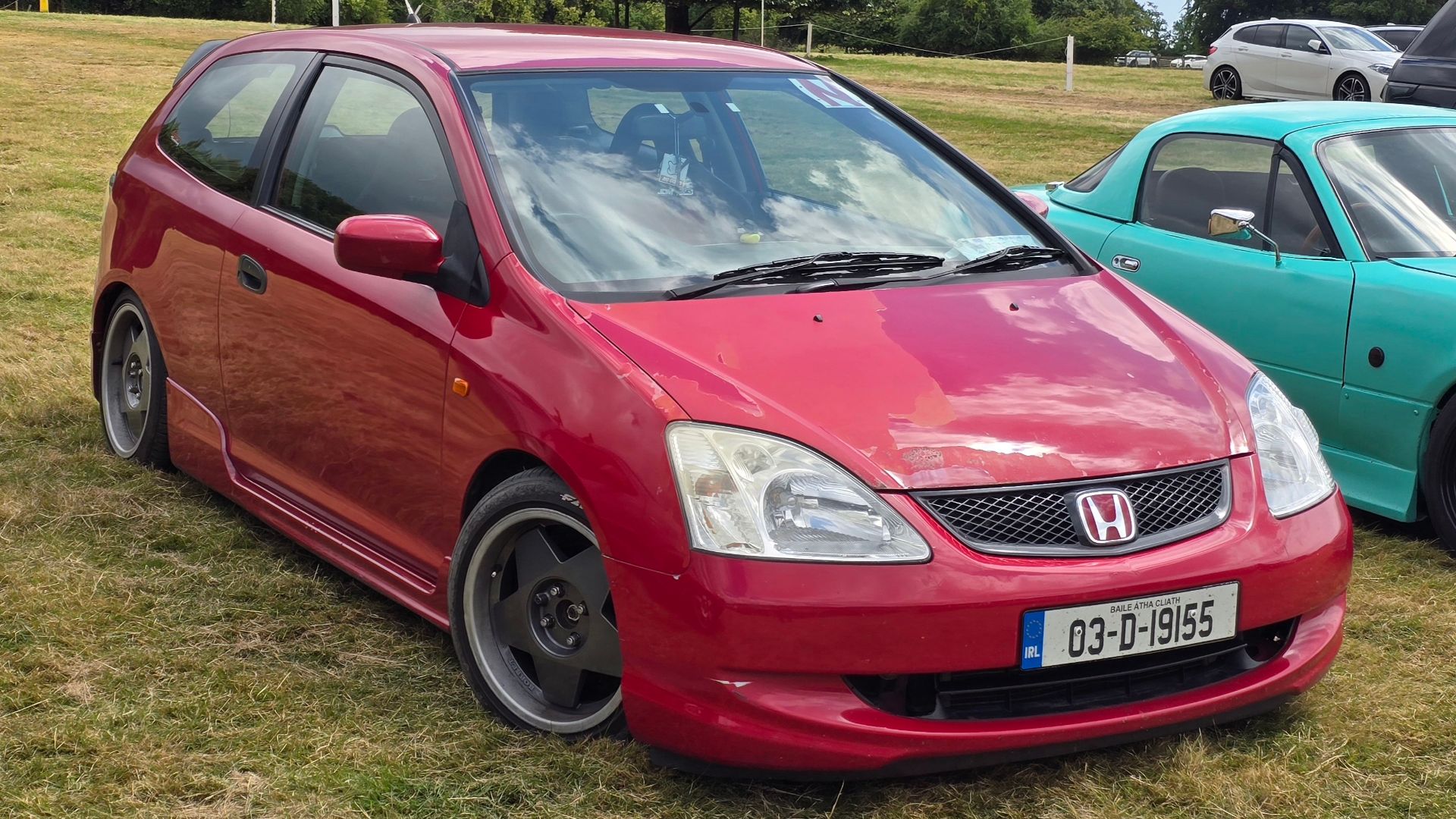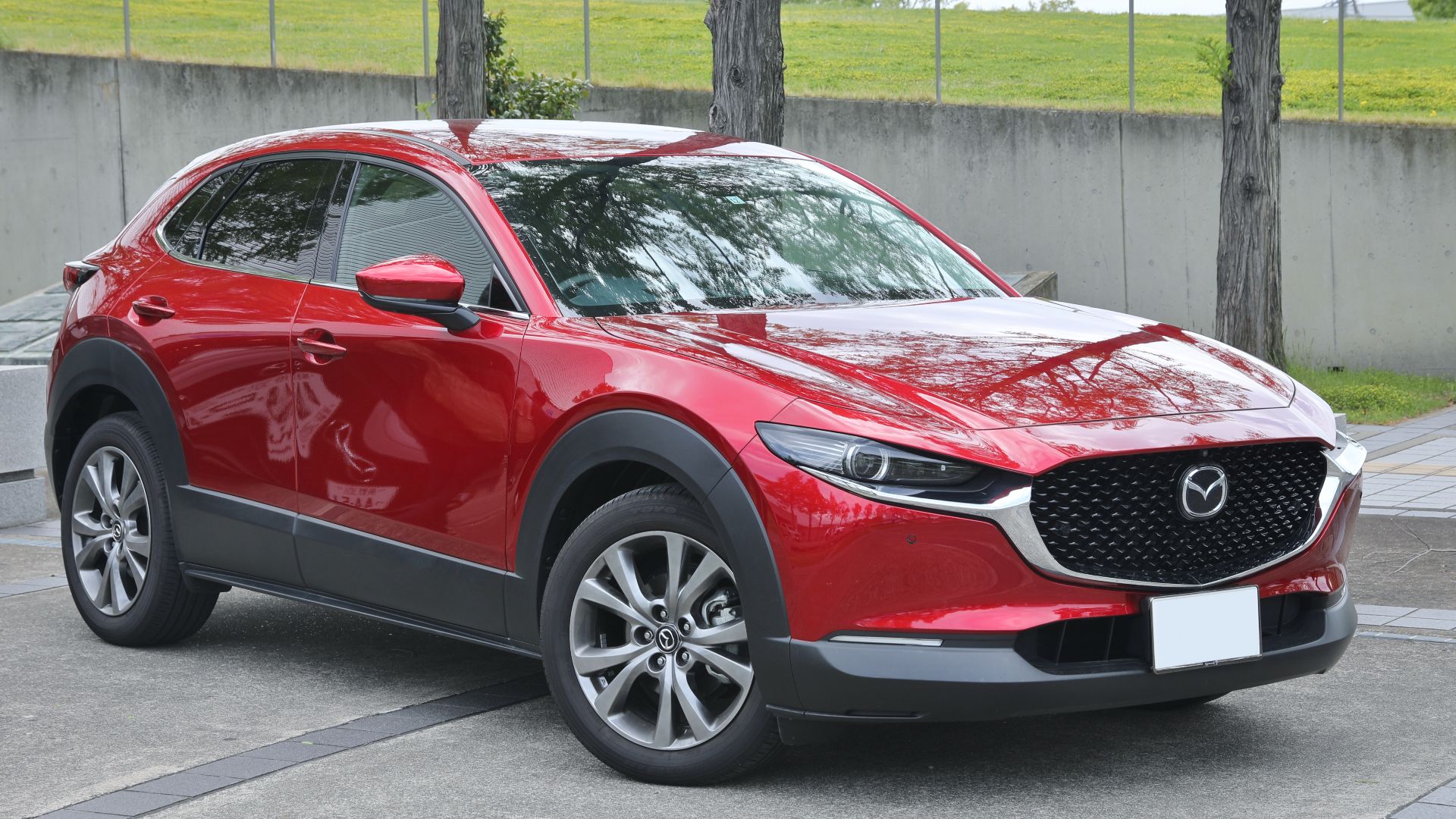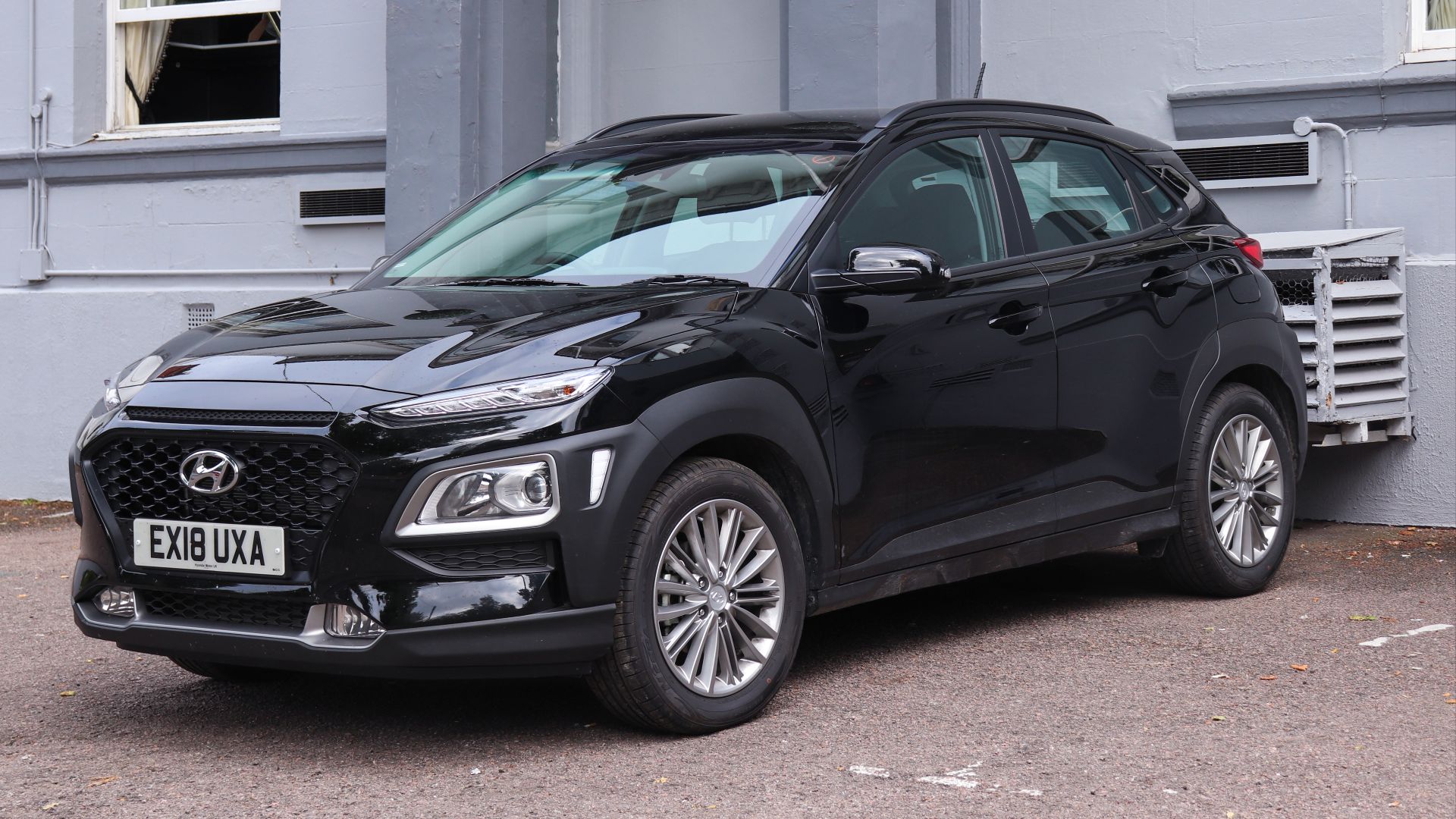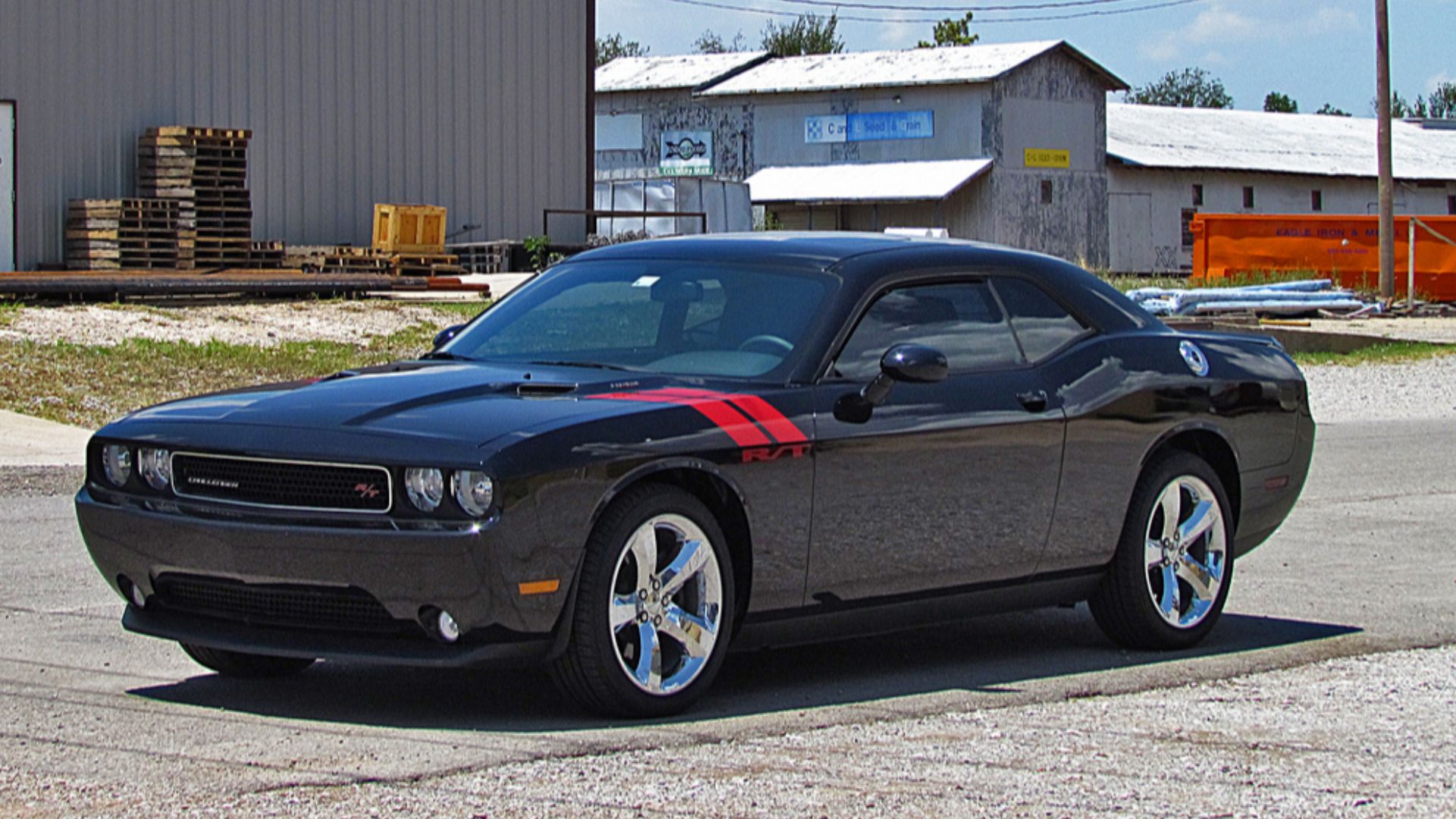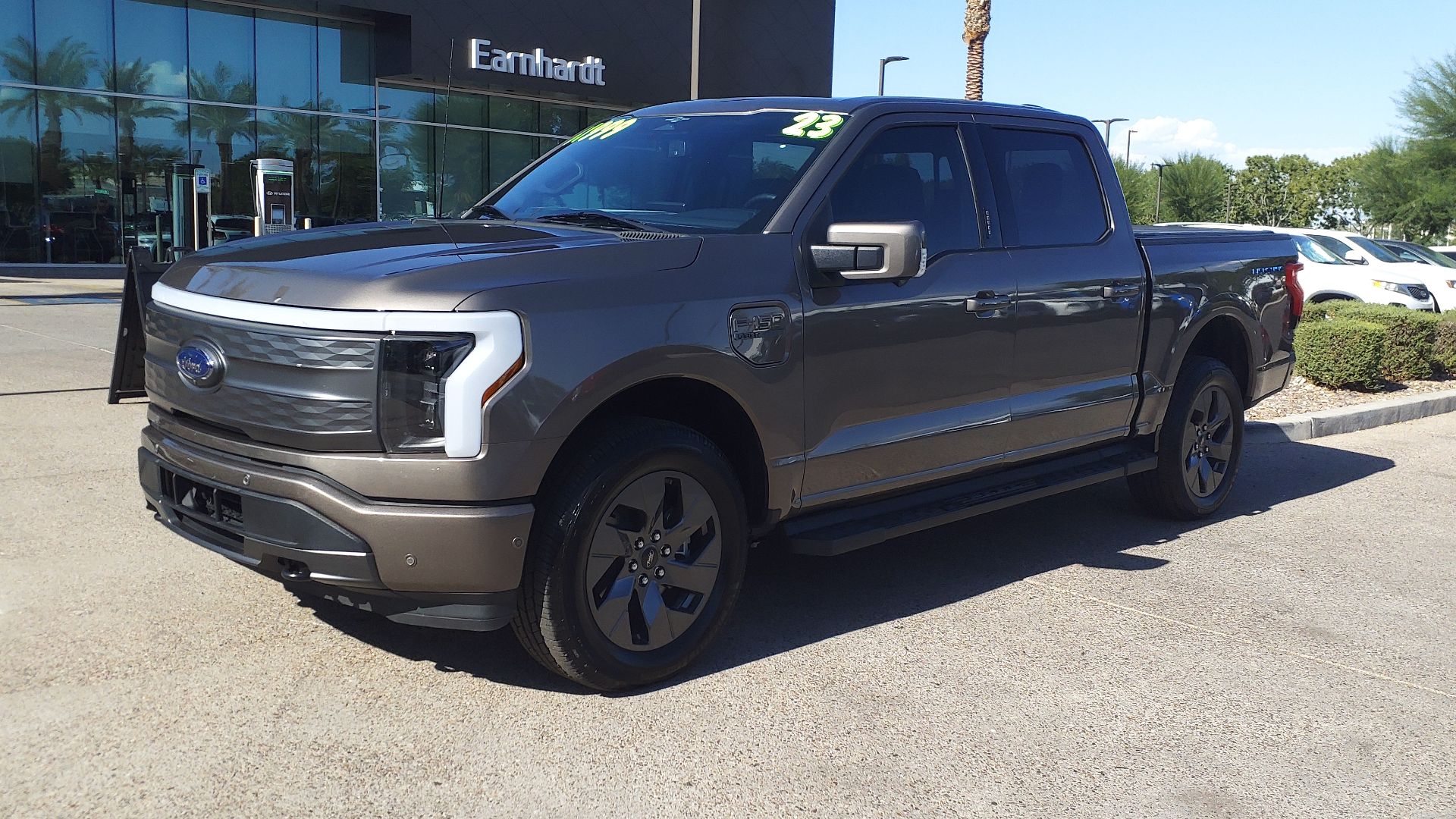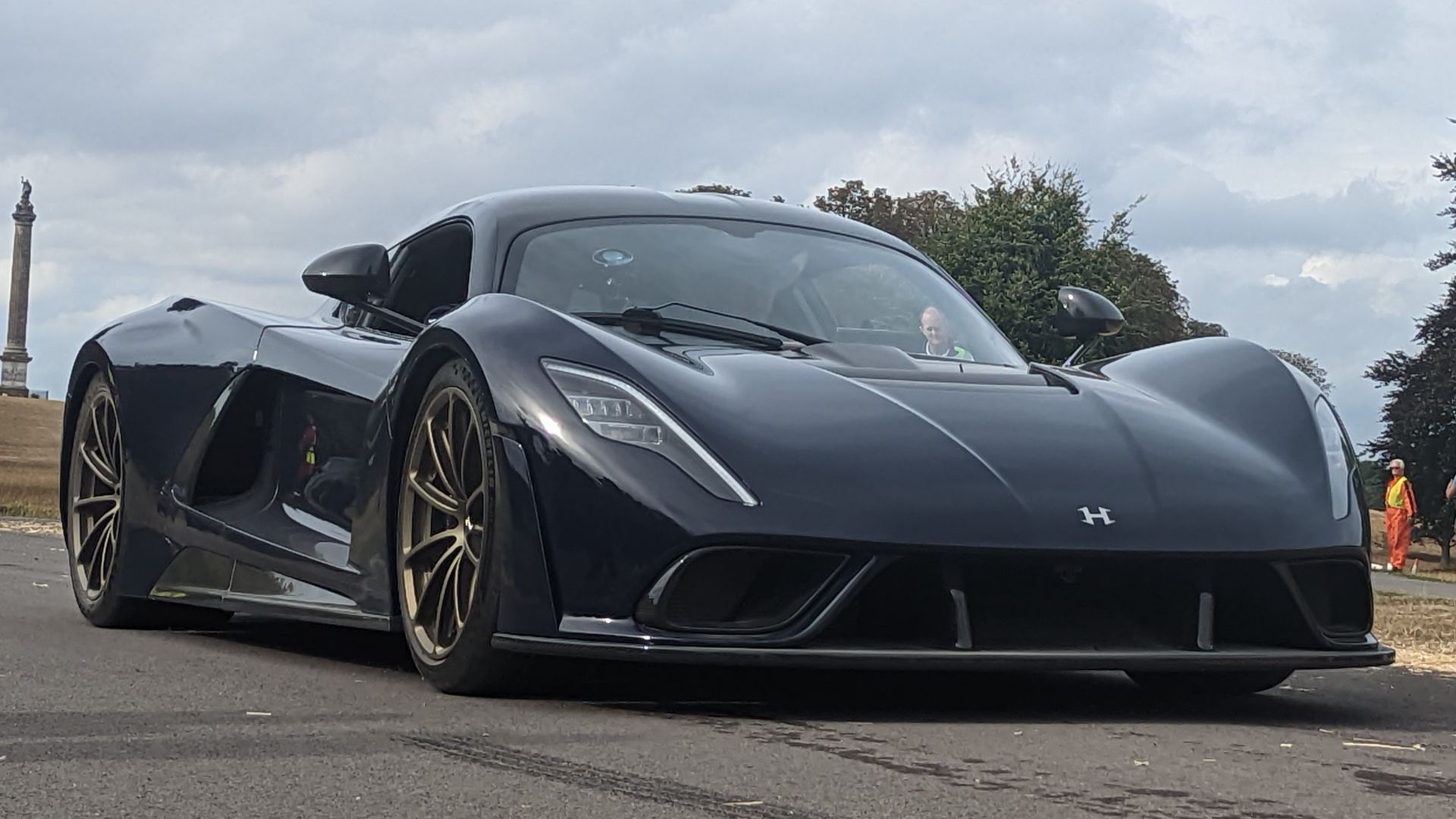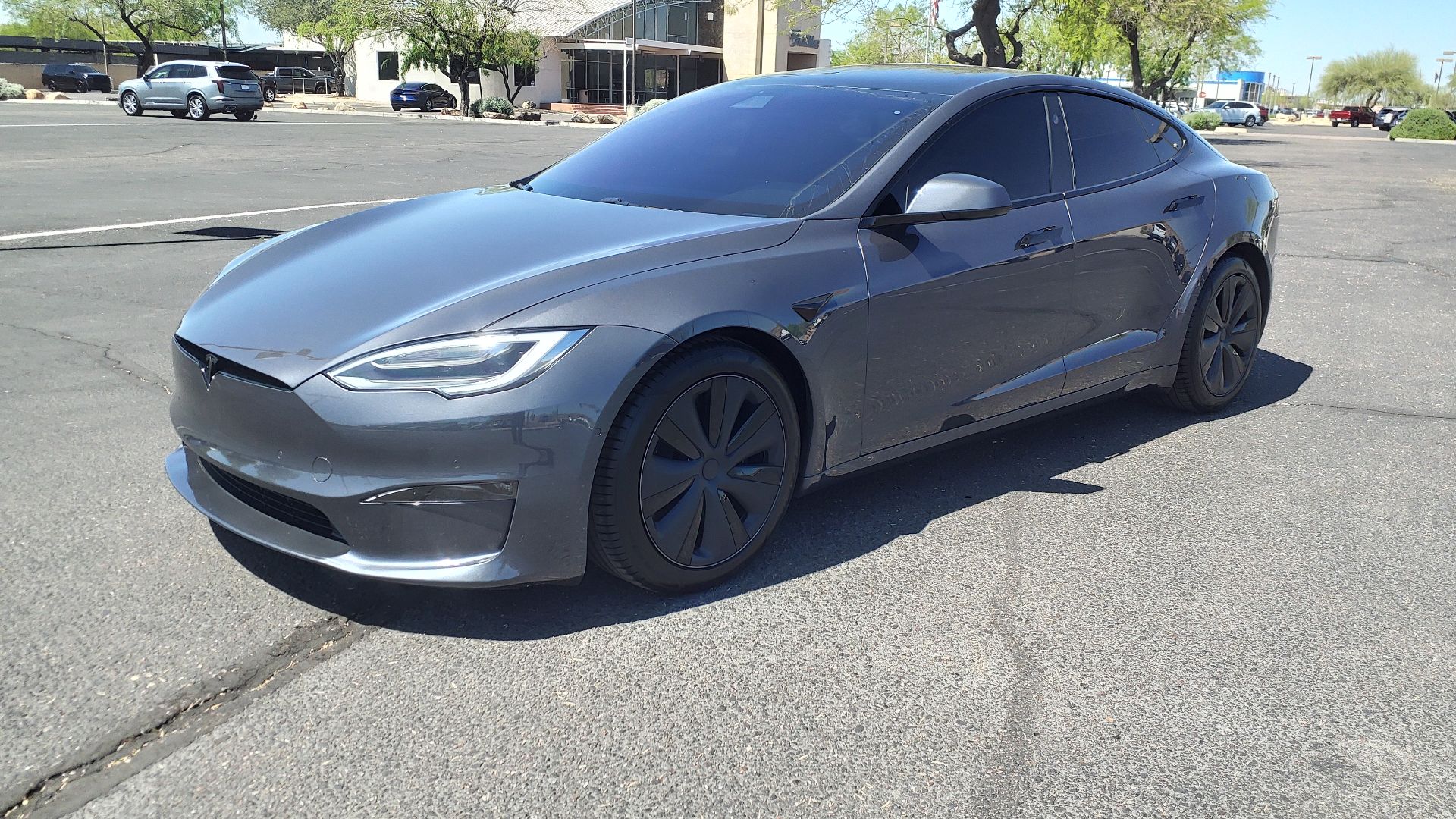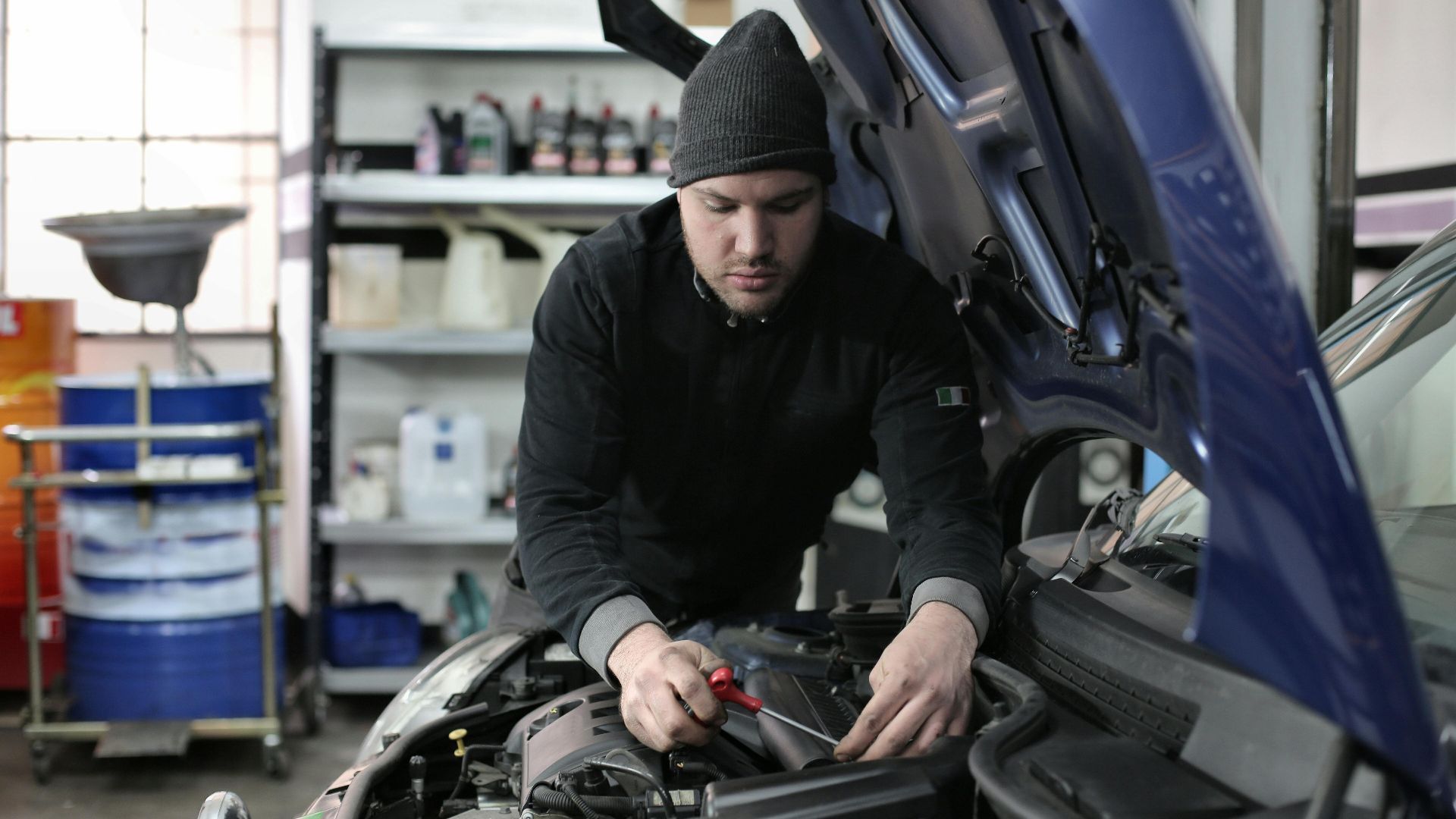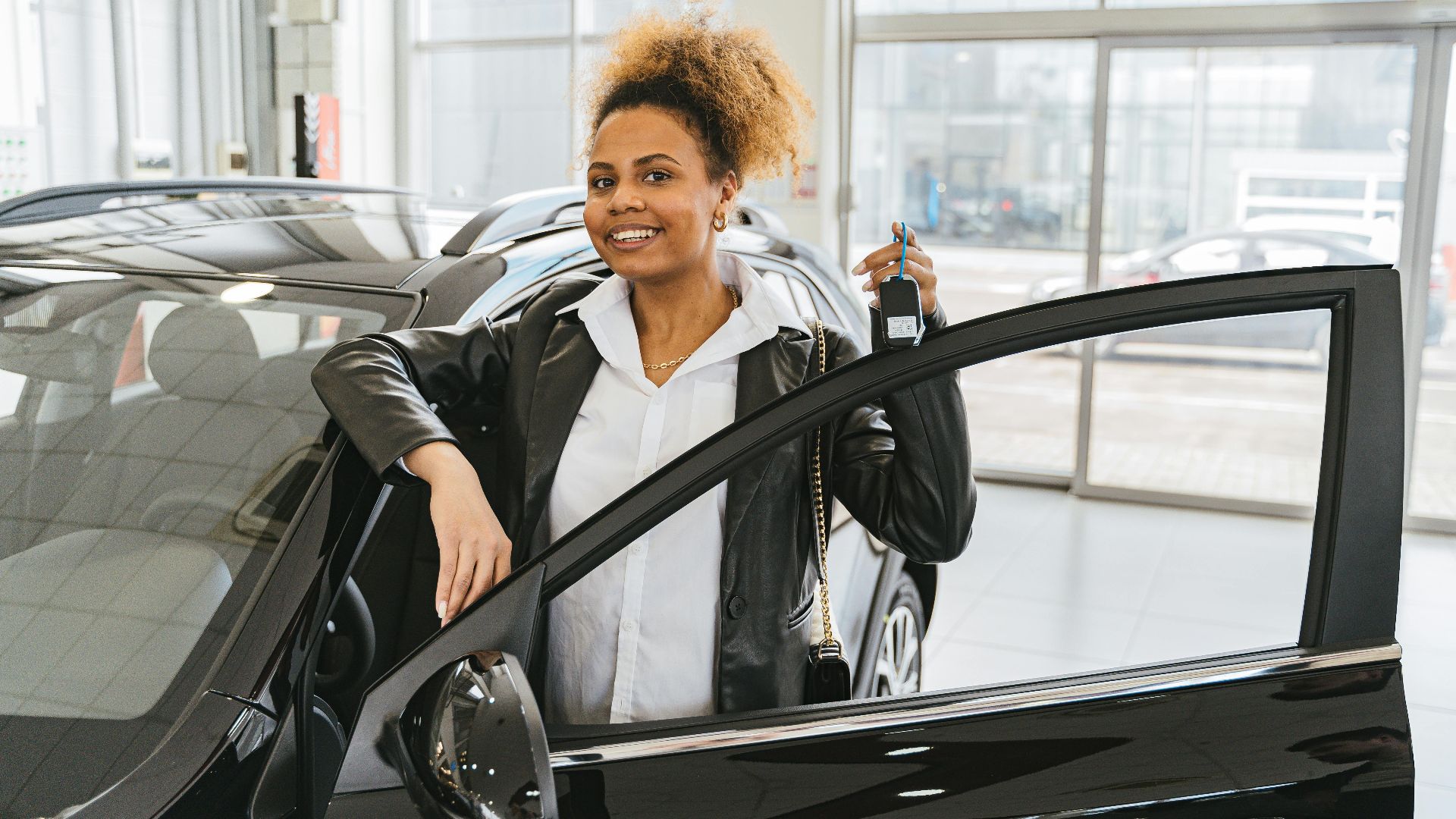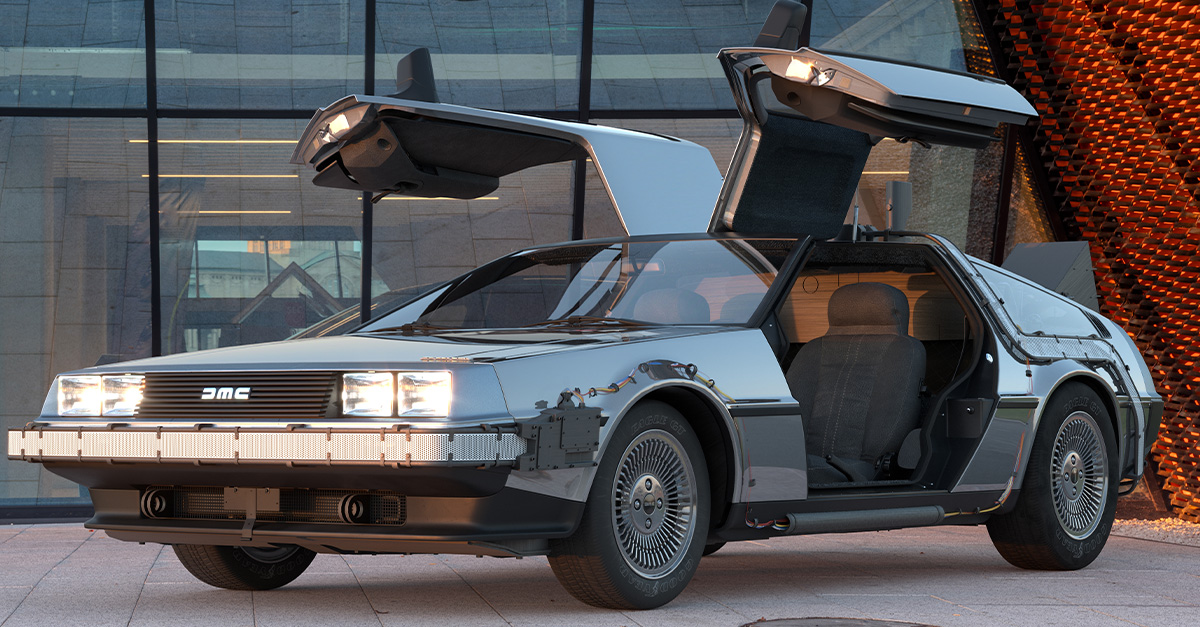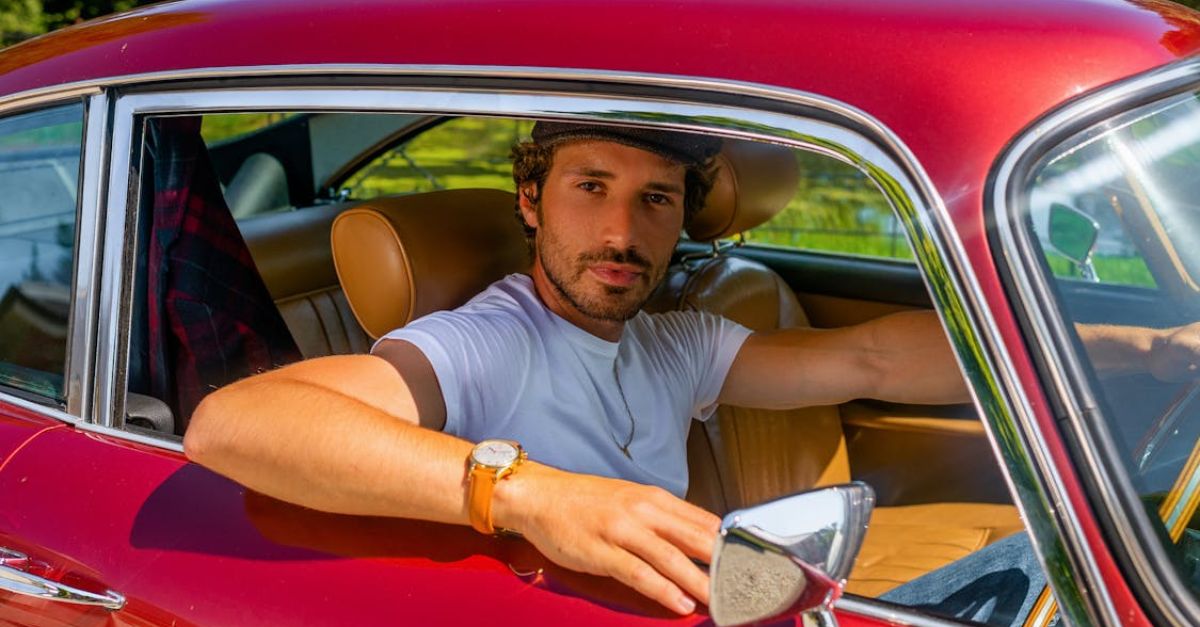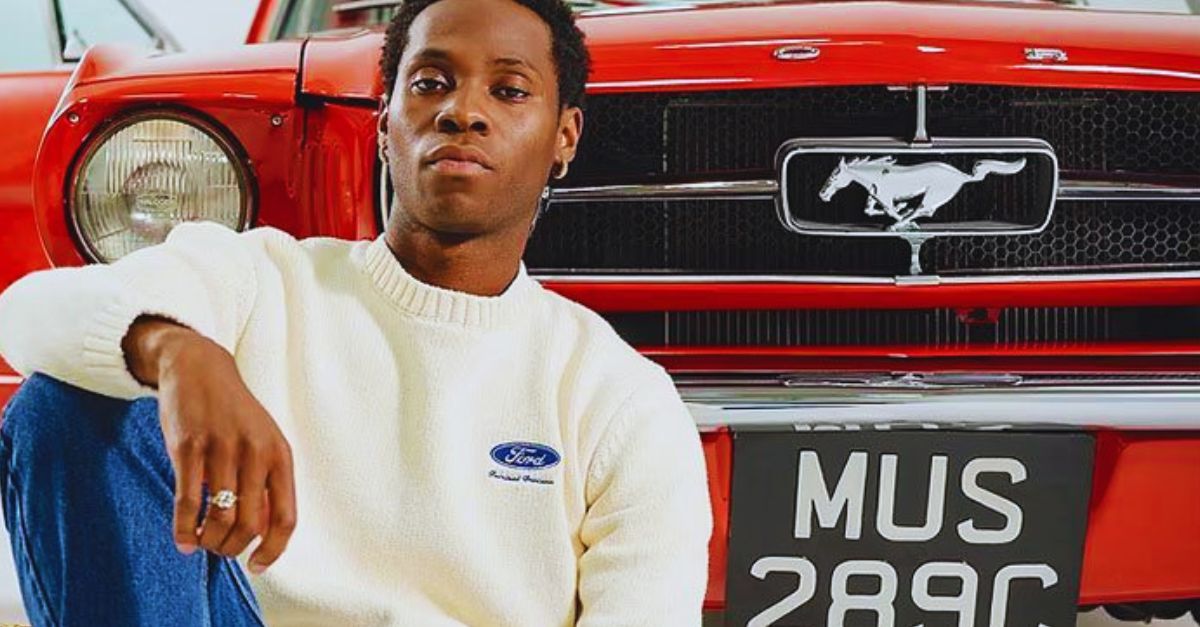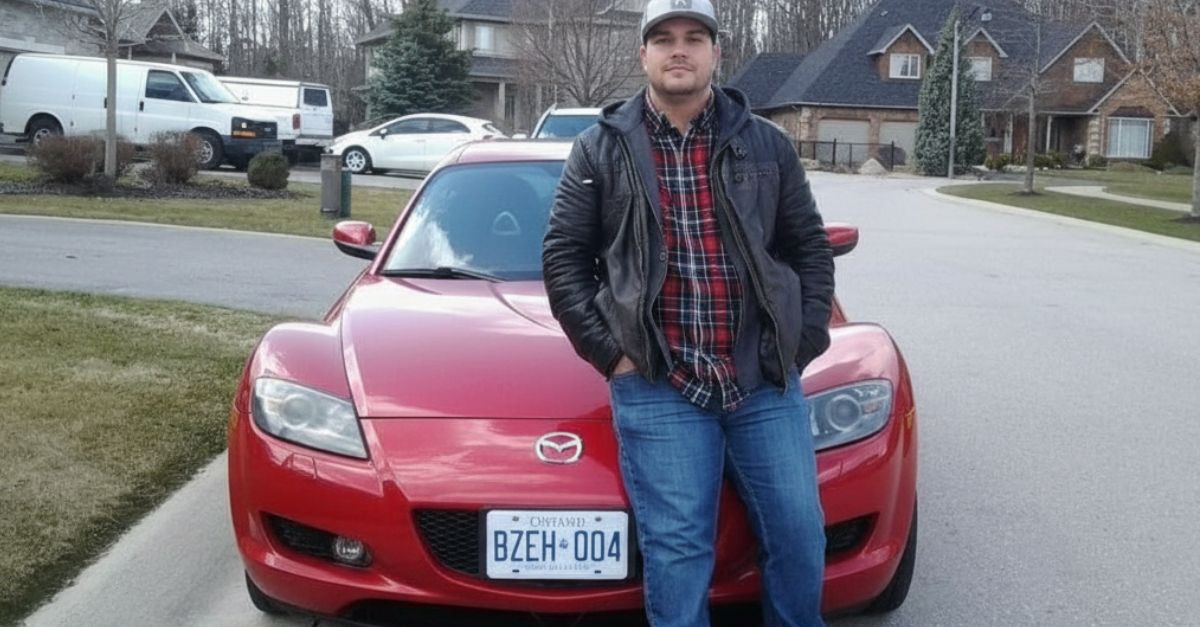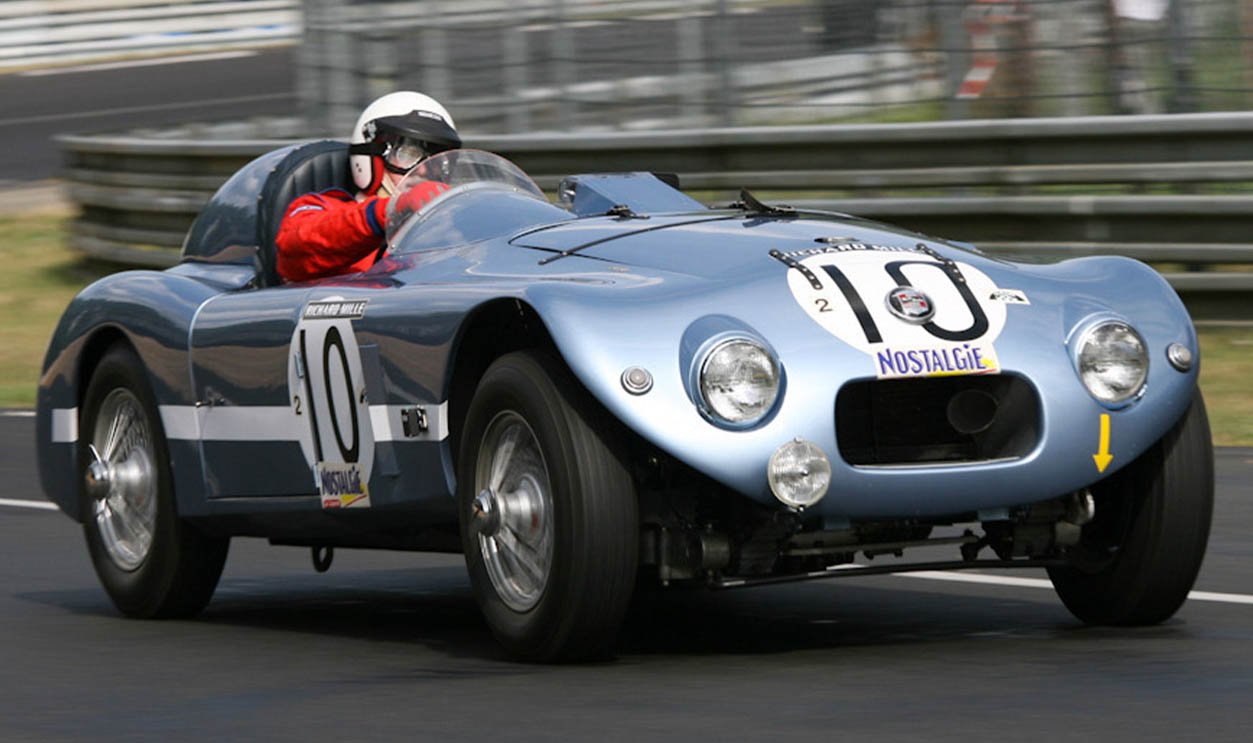If You're Looking For Your First Car, Here Are Some Of The Best & Worst Options
Picking a first car shouldn’t feel like a pop quiz. You want something that won’t annihilate your budget, protect you when stuff goes sideways, and won’t live at the repair shop. Below are 15 cars we love for new drivers—and 15 we’d recommend avoiding—based on crash safety, reliability signals, and typical insurance costs. Buckle up.

The Best Cars For New Drivers
Let's first look at some of the best cars for new drivers. Whether you're getting your license at 18 or 28, you can't go wrong with some of these awesome autos.
Honda Civic
The Honda Civic is legendary for its mix of affordability, stellar fuel economy, and rock-solid reliability. Its excellent crash-test ratings and a full suite of driver-assist tech (like collision mitigation and lane-keep assist) make it perfect for peace of mind. With low ownership costs, this car helps new drivers stay safe without breaking the bank.
Mazda 3 (Sedan & Hatchback)
The Mazda 3 offers sharp, responsive handling while keeping horsepower at a smart level—so you feel sporty without feeling out of control. Its sleek design appeals to younger drivers, but beneath the style is a car built with safety in mind. Add in Mazda’s consistently strong reliability scores and you’ve got an excellent first-car recipe.
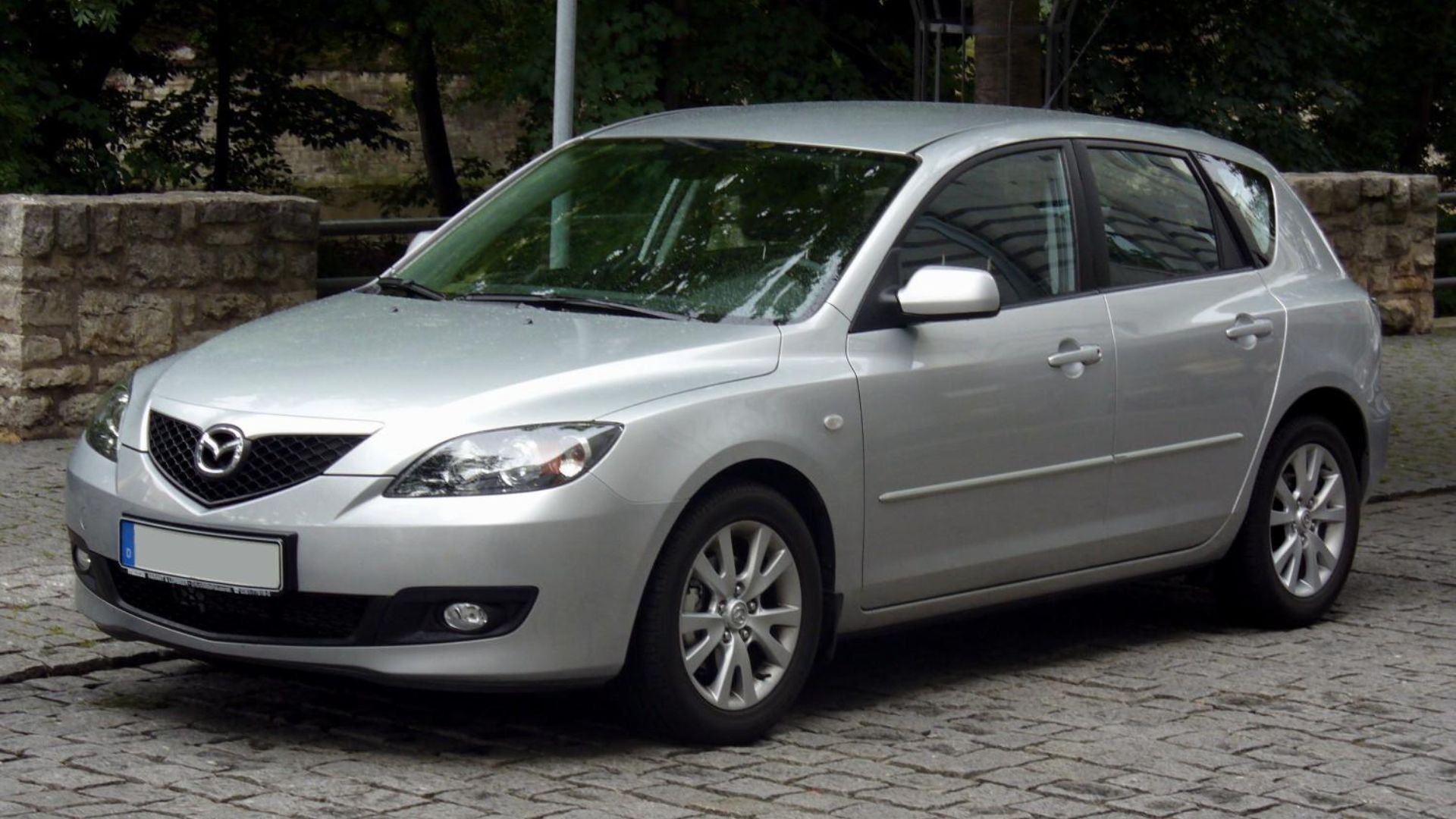 --Thomas doerfer 22:21, 1 August 2007 (UTC), Wikimedia Commons
--Thomas doerfer 22:21, 1 August 2007 (UTC), Wikimedia Commons
Toyota Prius
The Prius has matured from quirky eco-warrior to dependable, safety-first daily driver. It’s incredibly fuel-efficient, meaning fewer trips to the pump (great for broke students). Smooth power delivery and excellent crash protection keep new drivers calm behind the wheel. Bonus: it’s also one of the cheapest hybrids to maintain long-term.
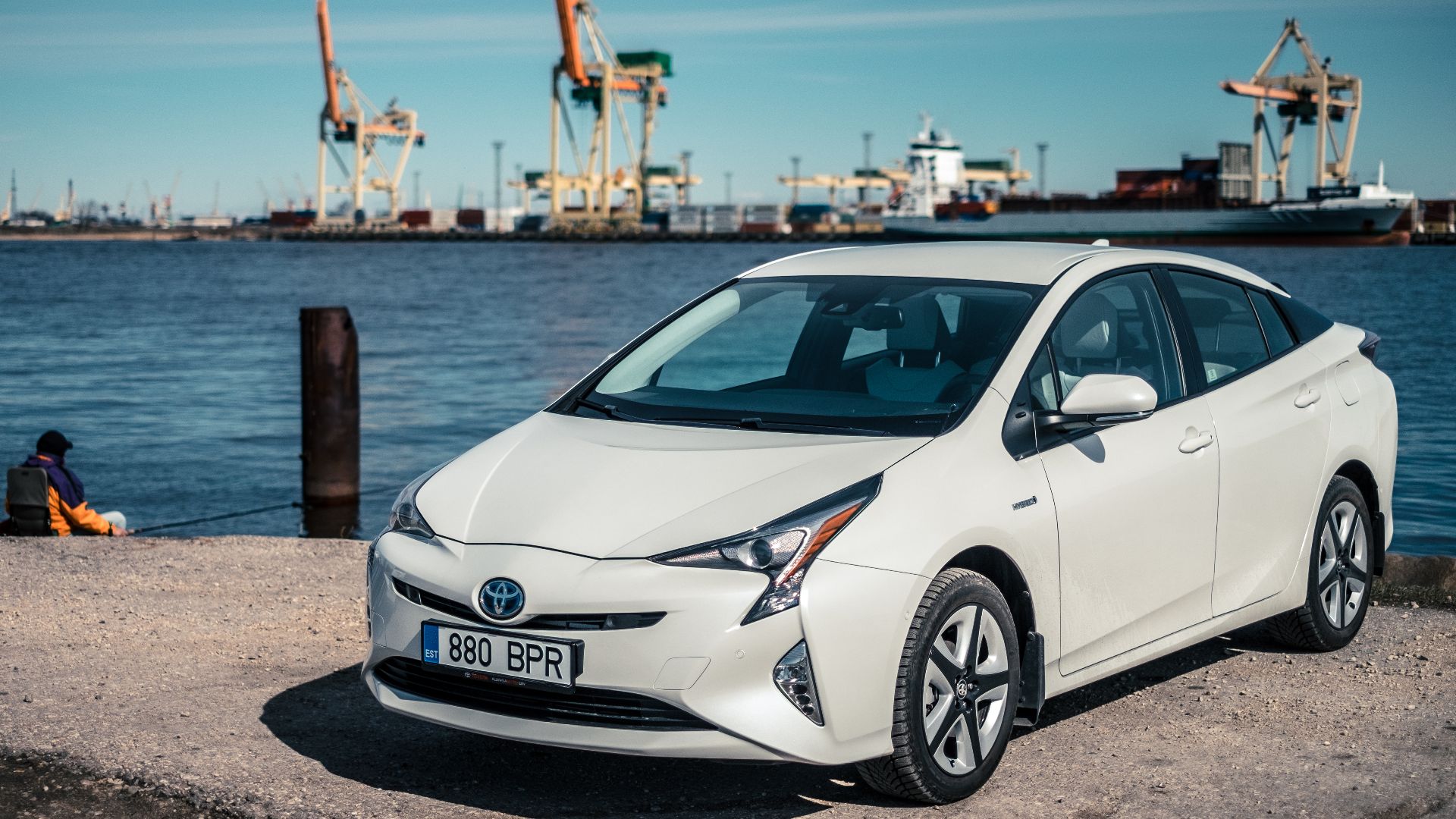 Karlis Dambrans, Wikimedia Commons
Karlis Dambrans, Wikimedia Commons
Hyundai Elantra
Hyundai’s Elantra has transformed into a sharp-looking, affordable compact car with seriously advanced safety features baked in. Adaptive cruise control, automatic emergency braking, and lane assist are all available. Plus, Hyundai’s strong warranty reduces first-car stress. For new drivers, the Elantra is a mix of modern tech and budget-friendly dependability.
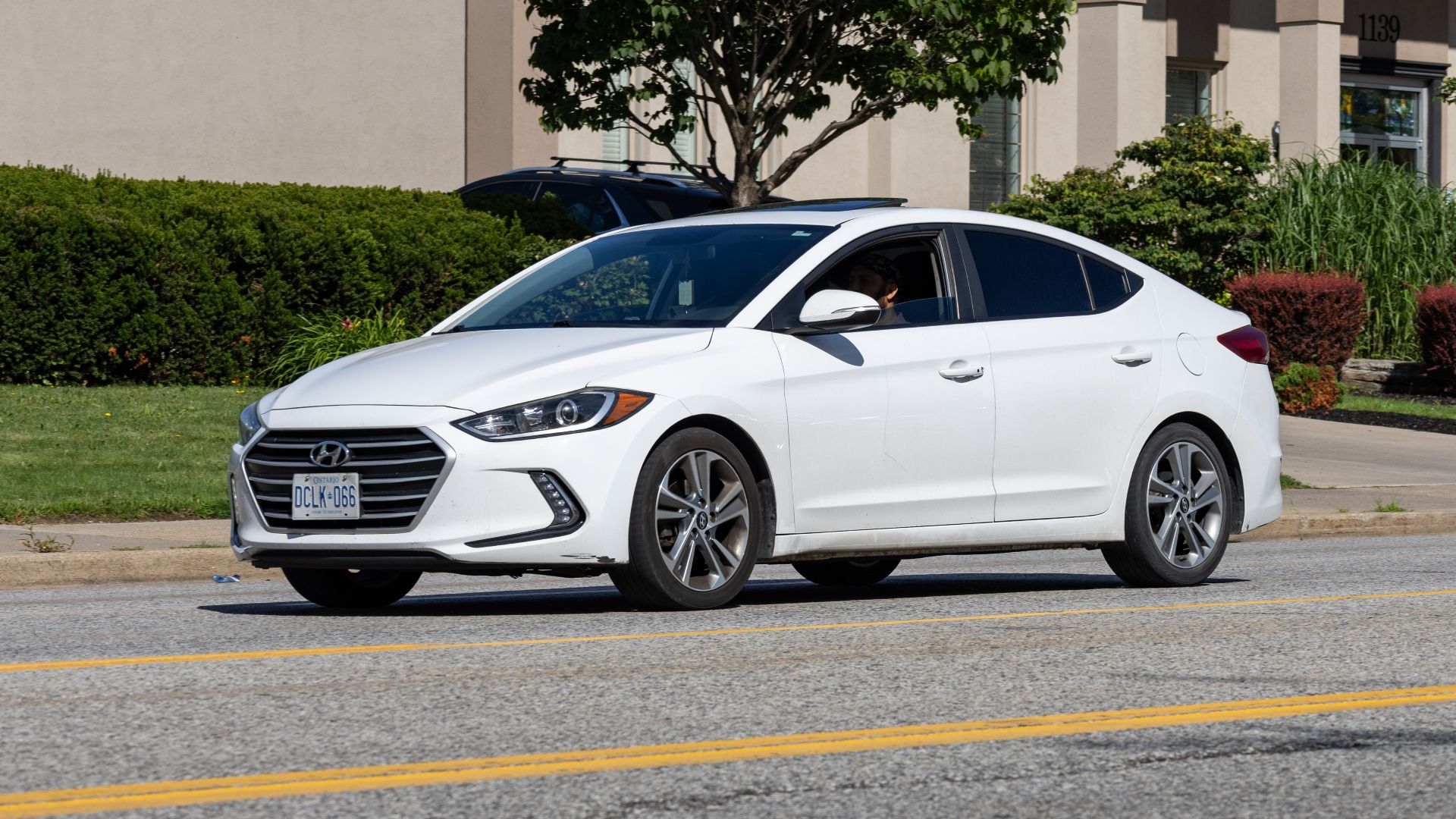 Crisco 1492, Wikimedia Commons
Crisco 1492, Wikimedia Commons
Kia K4
Replacing the Kia Forte, the new K4 offers cutting-edge design, value pricing, and excellent safety ratings. Even the base trim includes a healthy set of driver-assist features, making it a standout for young drivers learning confidence behind the wheel. It’s practical, stylish, and affordable—a rare trifecta in the compact segment.
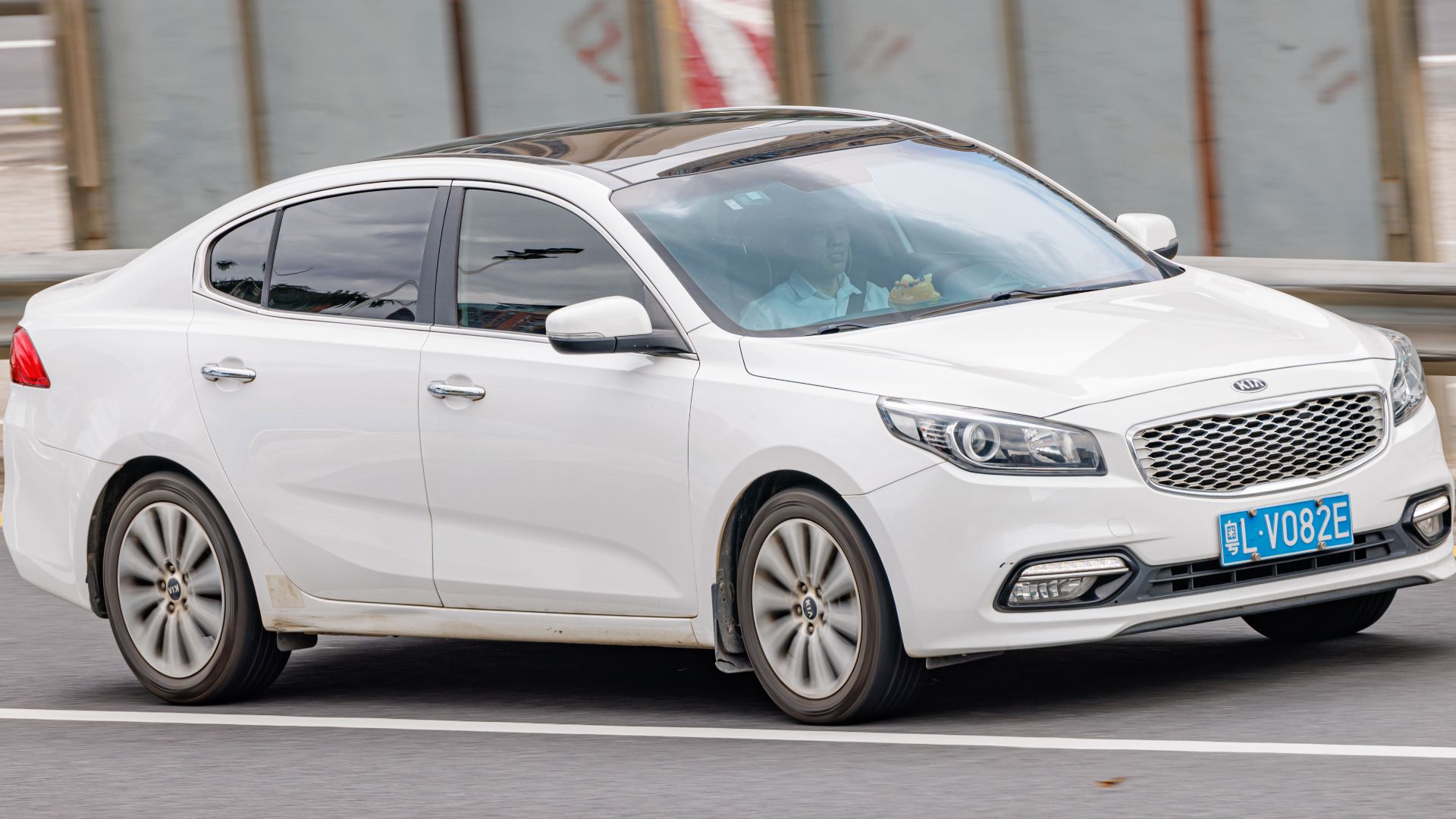 Dinkun Chen, Wikimedia Commons
Dinkun Chen, Wikimedia Commons
Honda Accord
The Accord is like the Civic’s bigger sibling—roomier and more refined but just as reliable. It has stellar crash-test results and comes with Honda Sensing, their full driver-assist suite. For new drivers who want space for friends, weekend road trips, or just comfort on the daily commute, the Accord is hard to beat.
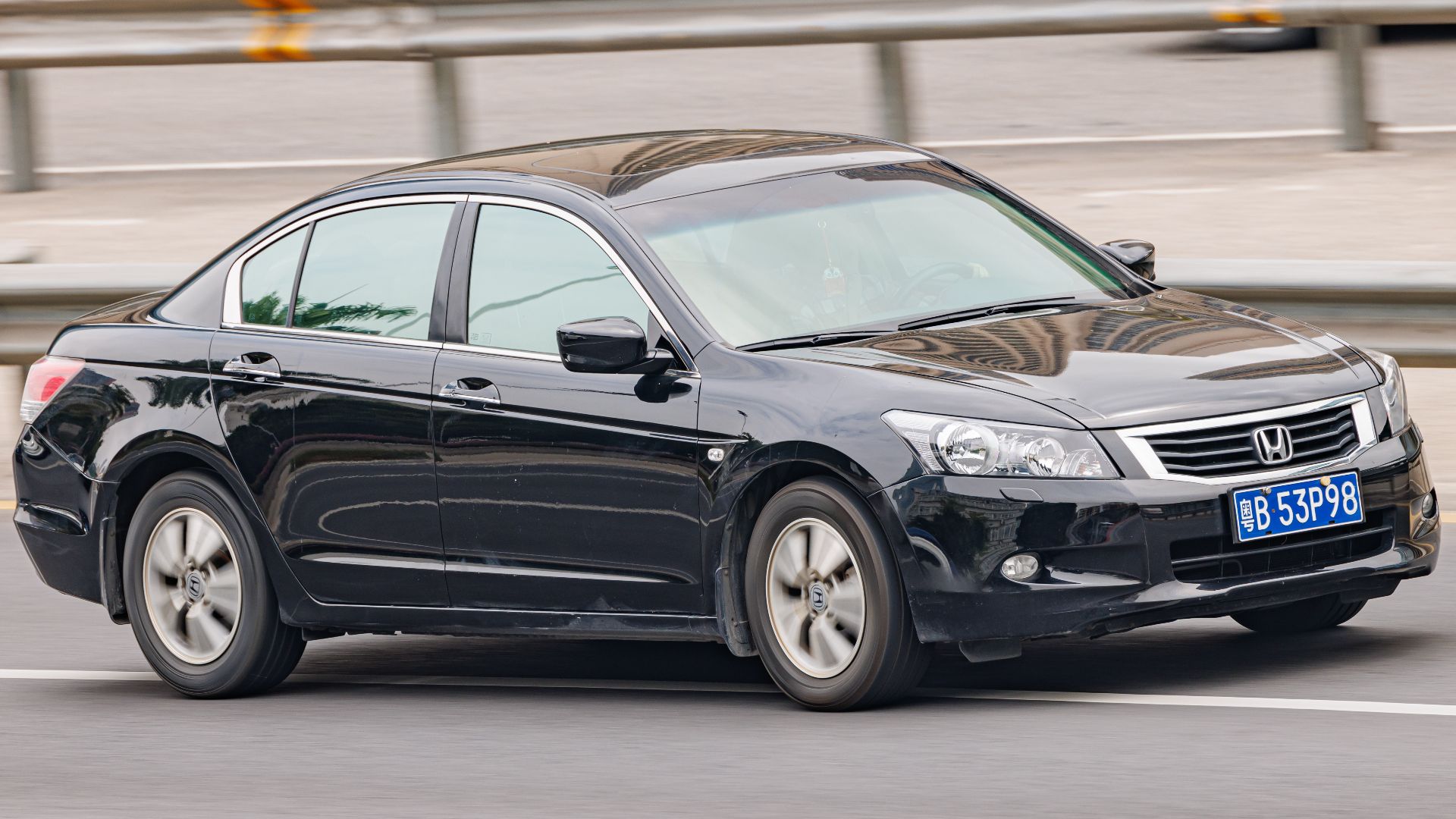 Dinkun Chen, Wikimedia Commons
Dinkun Chen, Wikimedia Commons
Toyota Camry
The Camry is a household name for one reason: reliability. With consistently high safety scores and Toyota’s bulletproof engineering, it’s a fantastic starter car. The 2025 redesign makes it sportier and more modern, without sacrificing practicality. Parents love its safety, drivers love its comfort—it’s basically the gold standard first car.
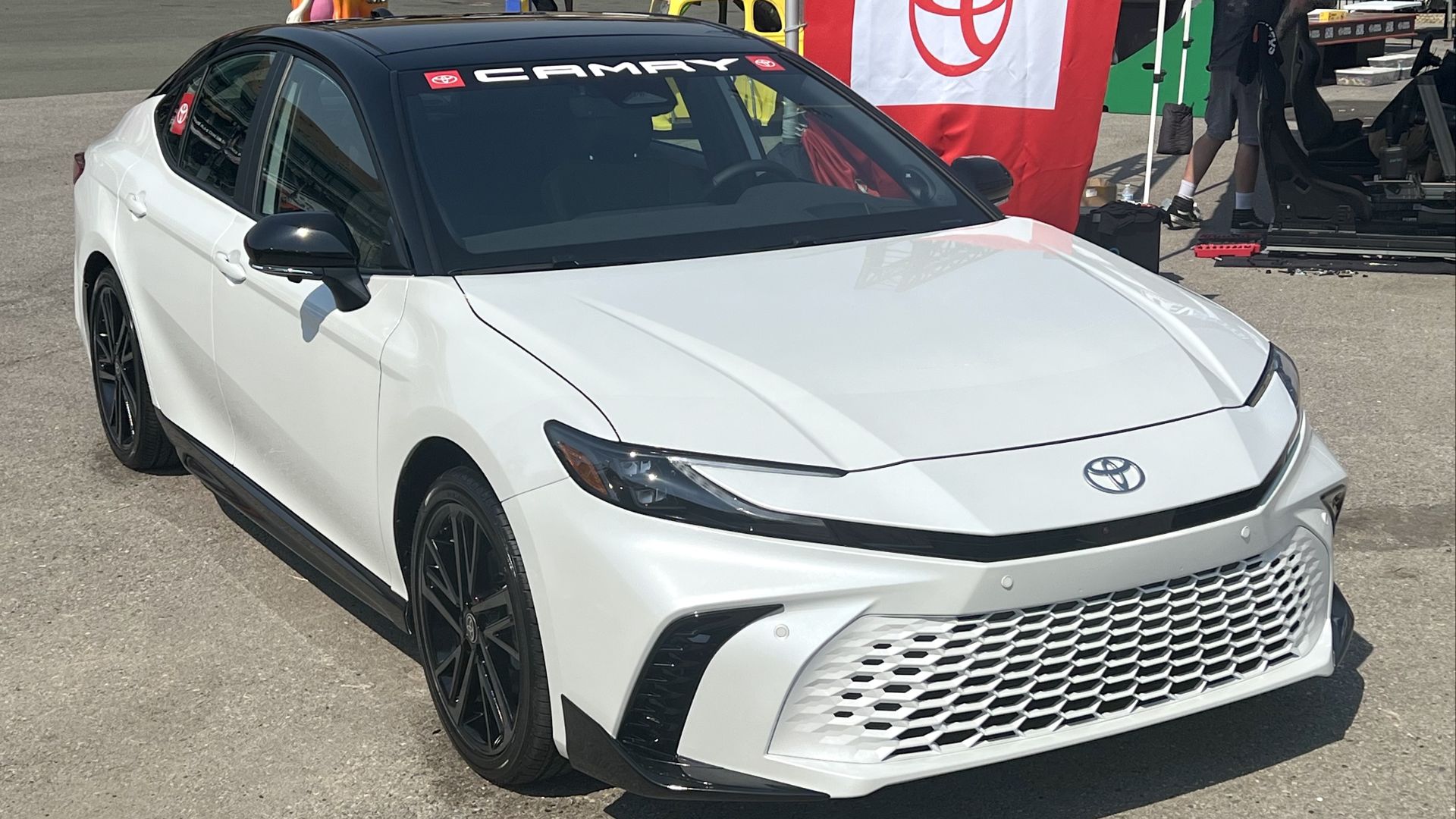 TaurusEmerald, Wikimedia Commons
TaurusEmerald, Wikimedia Commons
Honda HR-V
Want the practicality of an SUV but in a manageable size? The HR-V is small enough for easy city parking but big enough for weekend adventures. With a comfortable interior, excellent crash protection, and Honda’s driver-assist features, it’s one of the most versatile choices for new drivers who want something flexible.
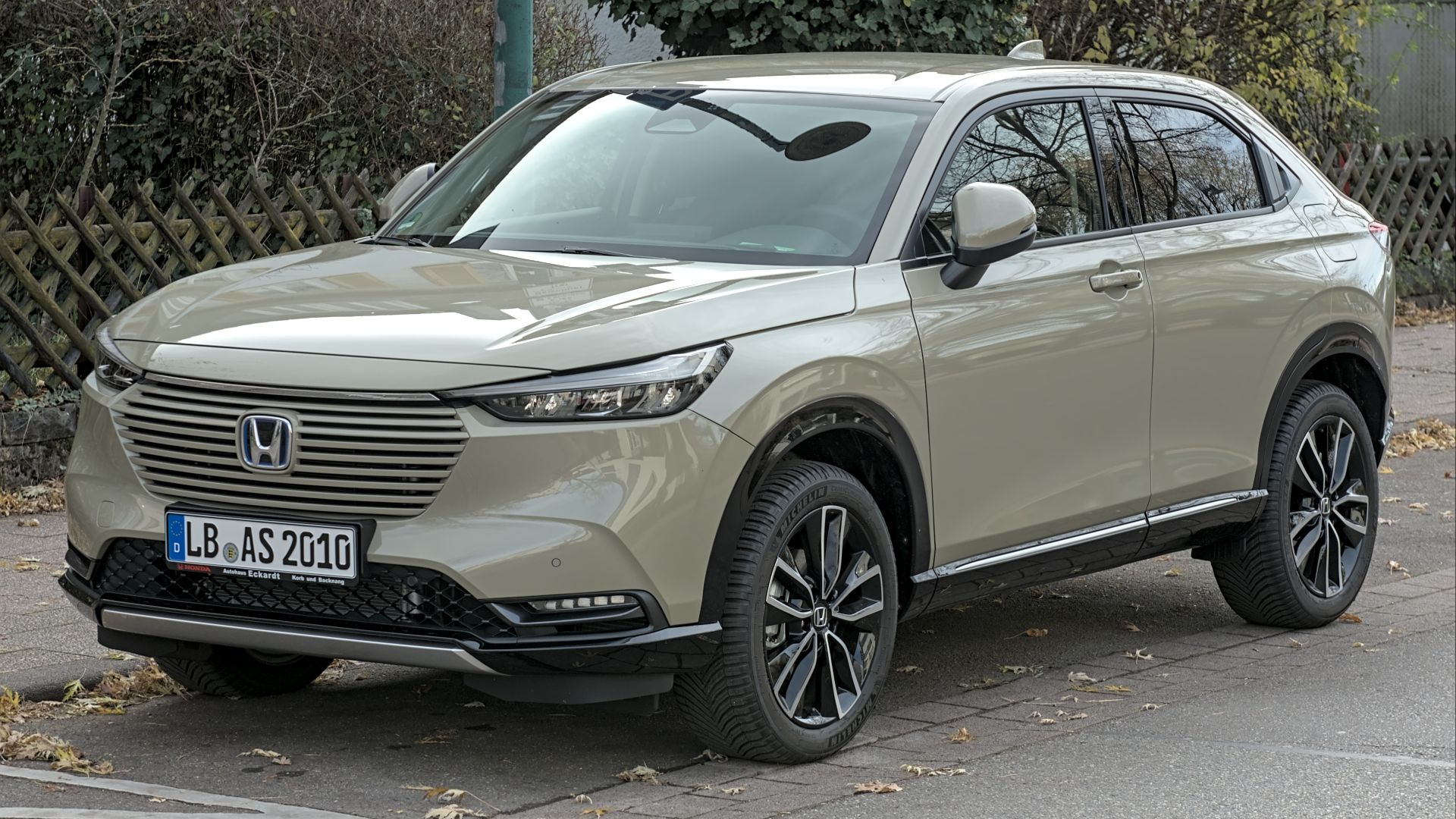 Alexander Migl, Wikimedia Commons
Alexander Migl, Wikimedia Commons
Mazda CX-30
The Mazda CX-30 blends compact crossover practicality with surprisingly premium interior touches. It drives with confidence, offers superb crash safety ratings, and feels more expensive than it actually is. For young drivers who want an SUV that doesn’t feel boring, the CX-30 is a stylish and safe way to start driving.
Hyundai Kona
Compact, colorful, and fun—the Kona is a crossover that’s easy to drive and doesn’t overwhelm beginners. Hyundai equips it with strong safety features, great crash-test results, and a user-friendly infotainment system. It’s a perfect starter SUV for drivers who want practicality mixed with a bit of playful personality.
Hyundai Tucson
The Tucson has grown into one of Hyundai’s best all-rounders. It has the space for hauling friends or gear, advanced driver-assistance tech, and strong reliability. With approachable handling and great visibility, it’s easy for new drivers to feel confident. It’s also fuel-efficient for its size, making it practical for longer commutes.
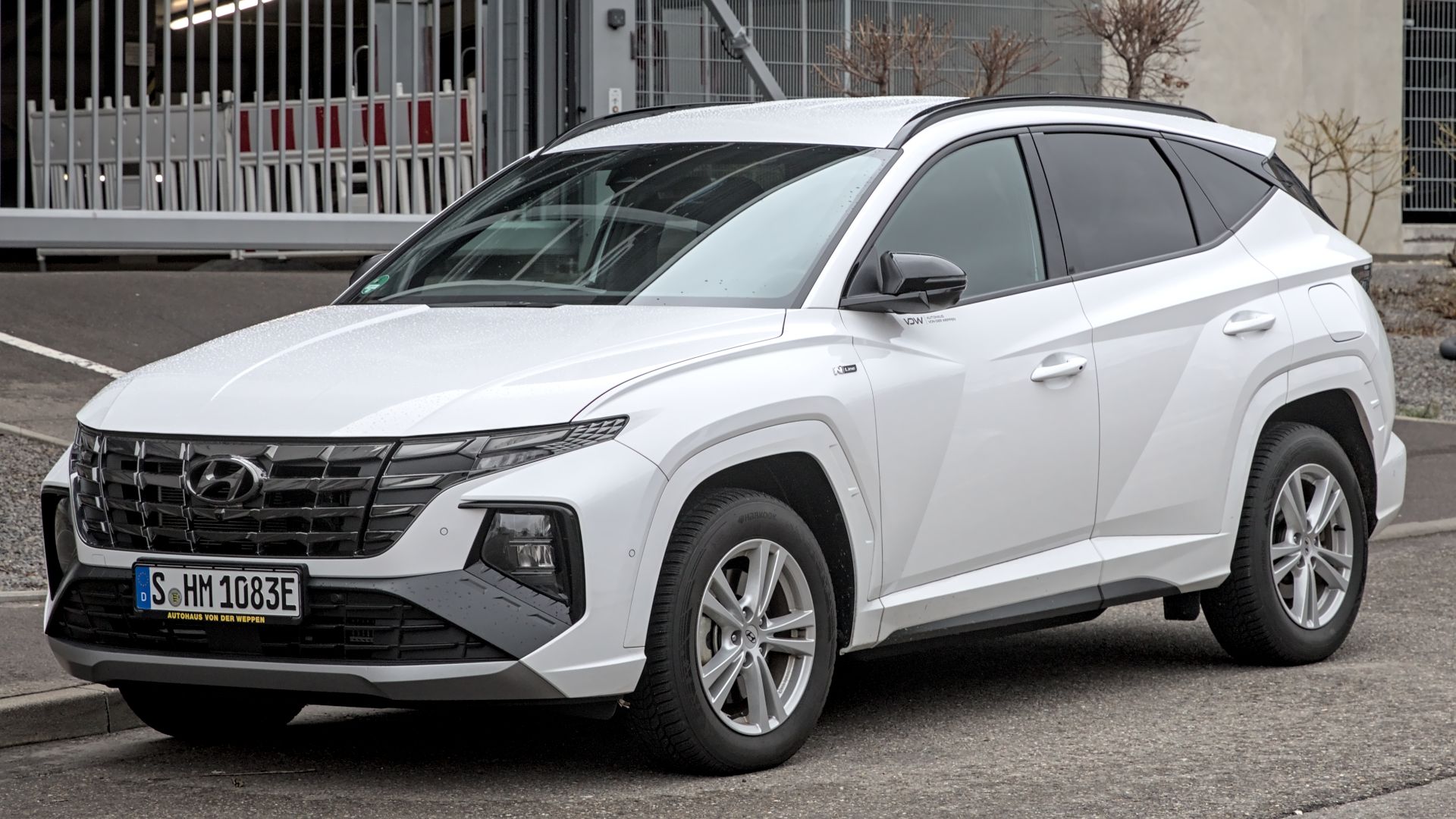 Alexander-93, Wikimedia Commons
Alexander-93, Wikimedia Commons
Subaru Forester
The Subaru Forester is almost synonymous with safety, thanks to standard all-wheel drive, excellent visibility, and outstanding crash-test results. Its higher driving position gives new drivers more confidence, and Subaru’s EyeSight driver-assist suite comes standard. It’s not flashy, but it’s one of the most practical and safest starter cars around.
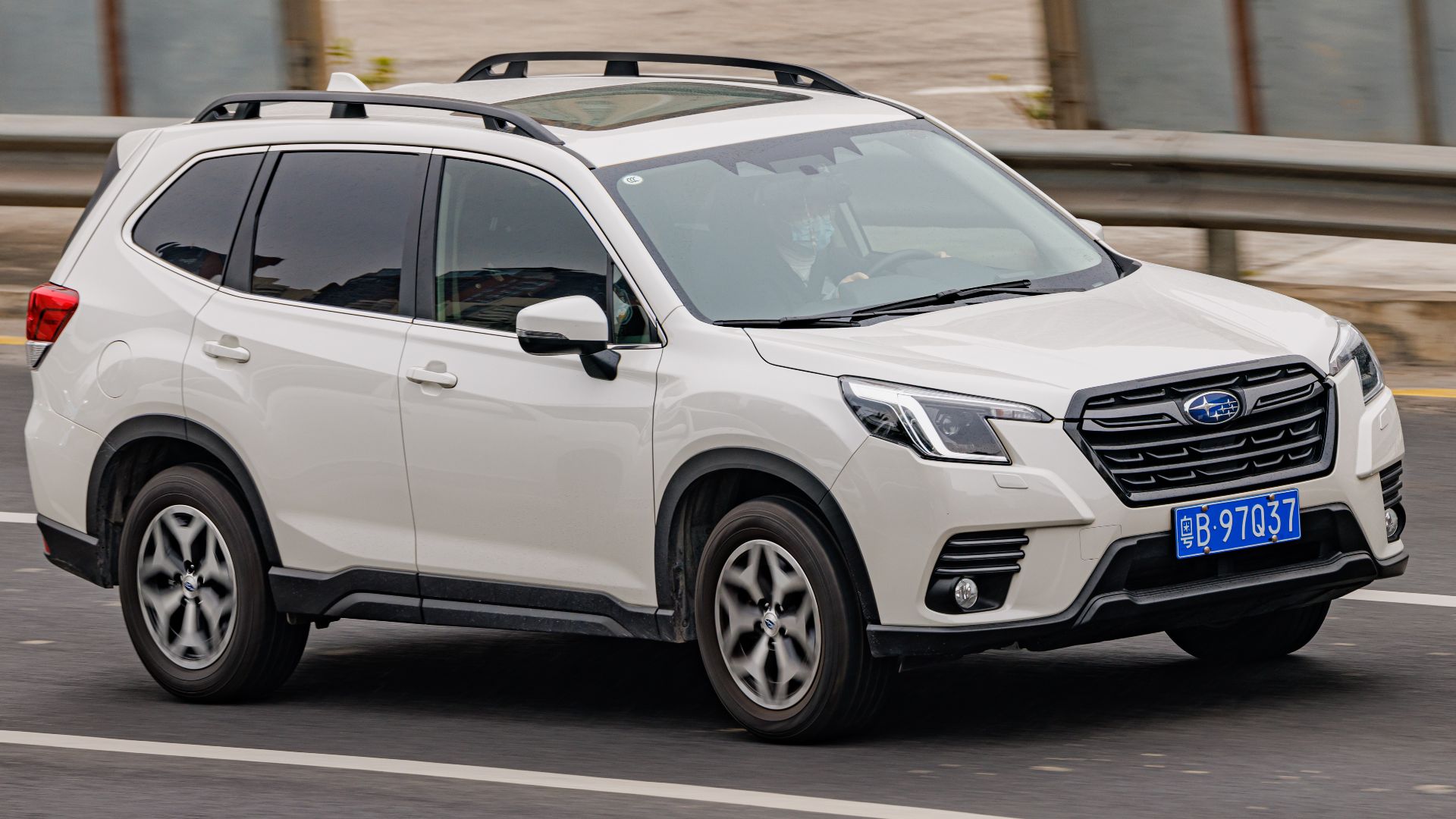 Dinkun Chen, Wikimedia Commons
Dinkun Chen, Wikimedia Commons
Mazda CX-50
Think of the CX-50 as a rugged cousin to the CX-30—it’s a bit larger, with adventure-ready styling. Despite the outdoorsy image, it’s still safe, reliable, and easy to handle for beginners. For young drivers who want a first car that can handle city streets and weekend trails, it’s a sweet option.
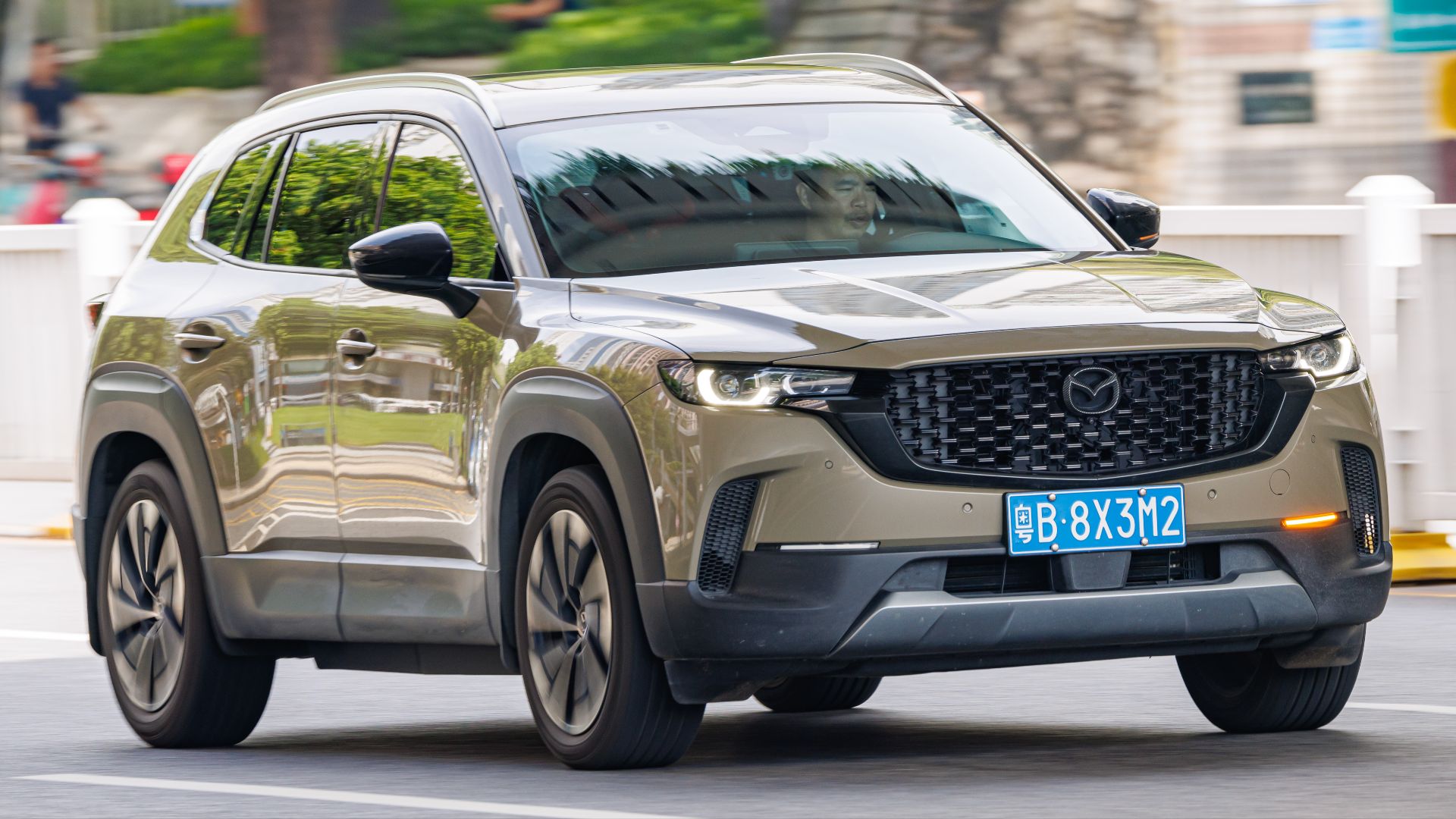 Dinkun Chen, Wikimedia Commons
Dinkun Chen, Wikimedia Commons
Toyota Corolla (Great Used Buy)
The Toyota Corolla may not dominate new-car lists in 2025, but it remains a rockstar in the used-car market. With a reputation for bulletproof reliability, great crash protection, and easy ownership costs, the Corolla is often a parent-approved pick. It’s not exciting, but it’s a car that will never let you down.
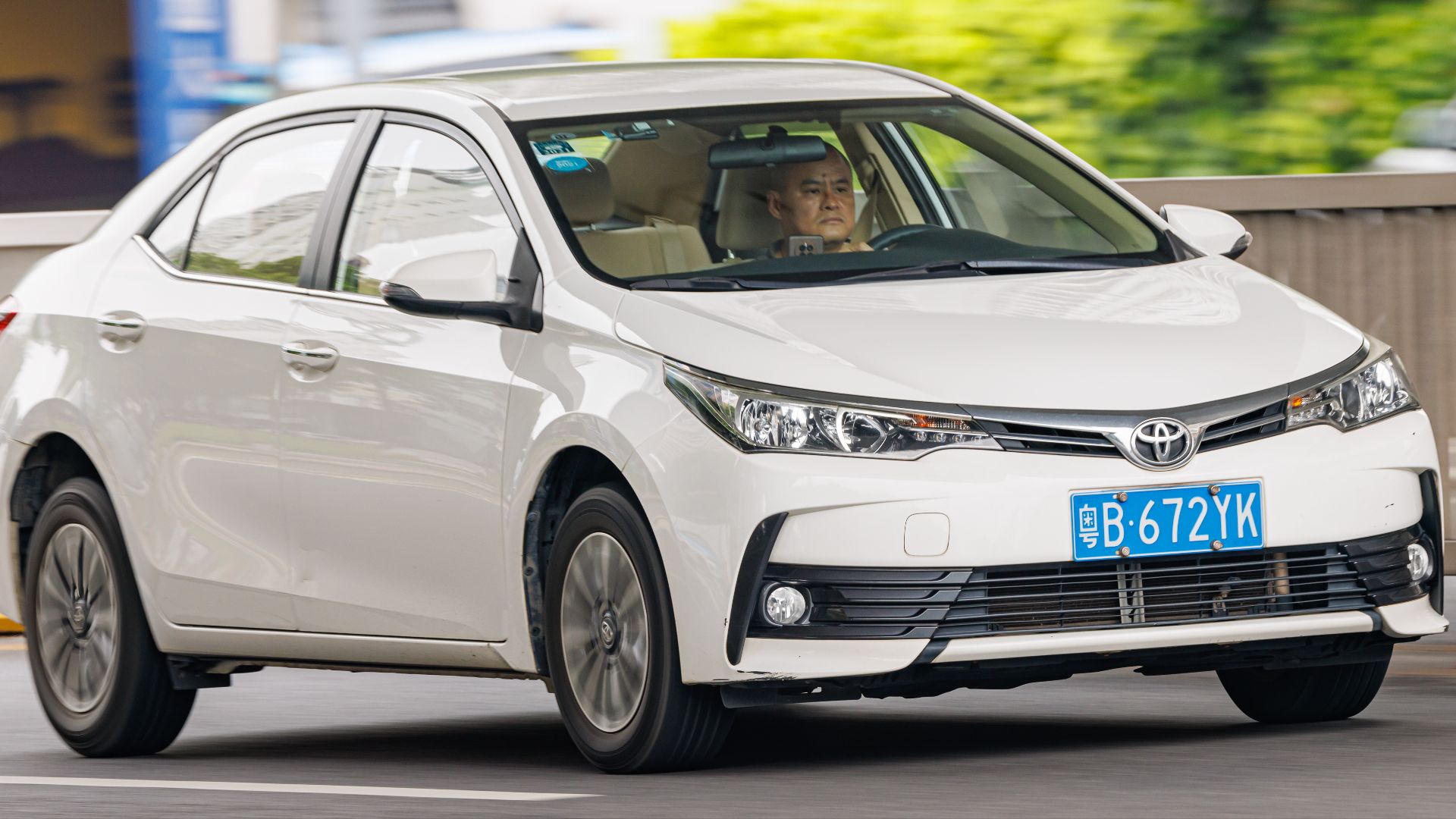 Dinkun Chen, Wikimedia Commons
Dinkun Chen, Wikimedia Commons
Mazda3 / Subaru Outback / CX-5 (Used Picks To Target)
When shopping used, smart buyers should keep an eye out for standouts like the Mazda3, Subaru Outback, or Mazda CX-5. These models appear on multiple “best for teens” lists thanks to proven safety, longevity, and lower-than-expected insurance rates. They balance value with protection, making them awesome starter-car bargains.
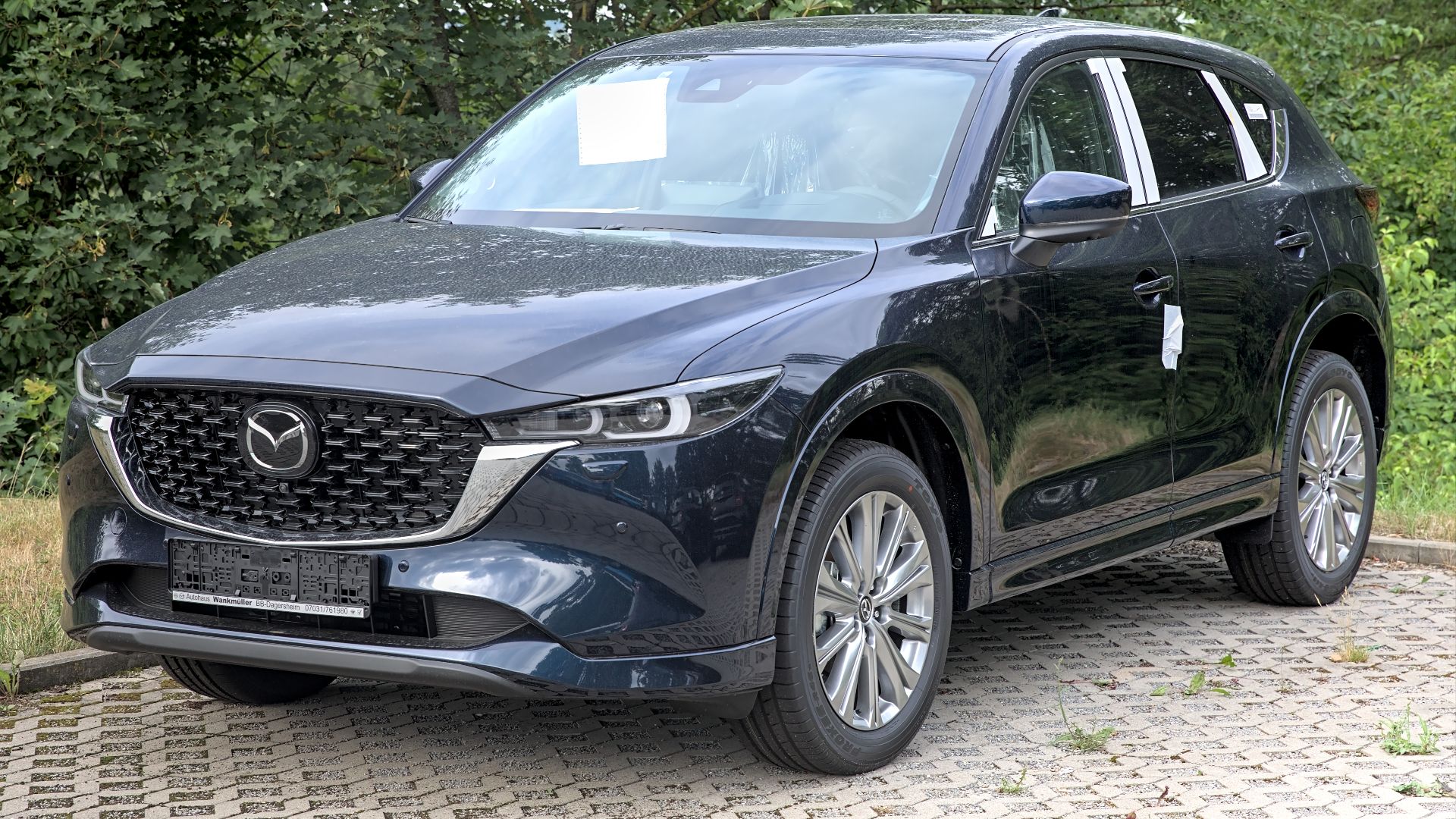 Alexander Migl, Wikimedia Commons
Alexander Migl, Wikimedia Commons
The Worst Cars For New Drivers
If you're looking for your first car as a new driver: do yourself, your insurance company, your wallet, your parents and all your friends a favor and avoid these catastrophes waiting to happen to you. Seriously. Don't buy these vehicles as your first car. You'll regret it.
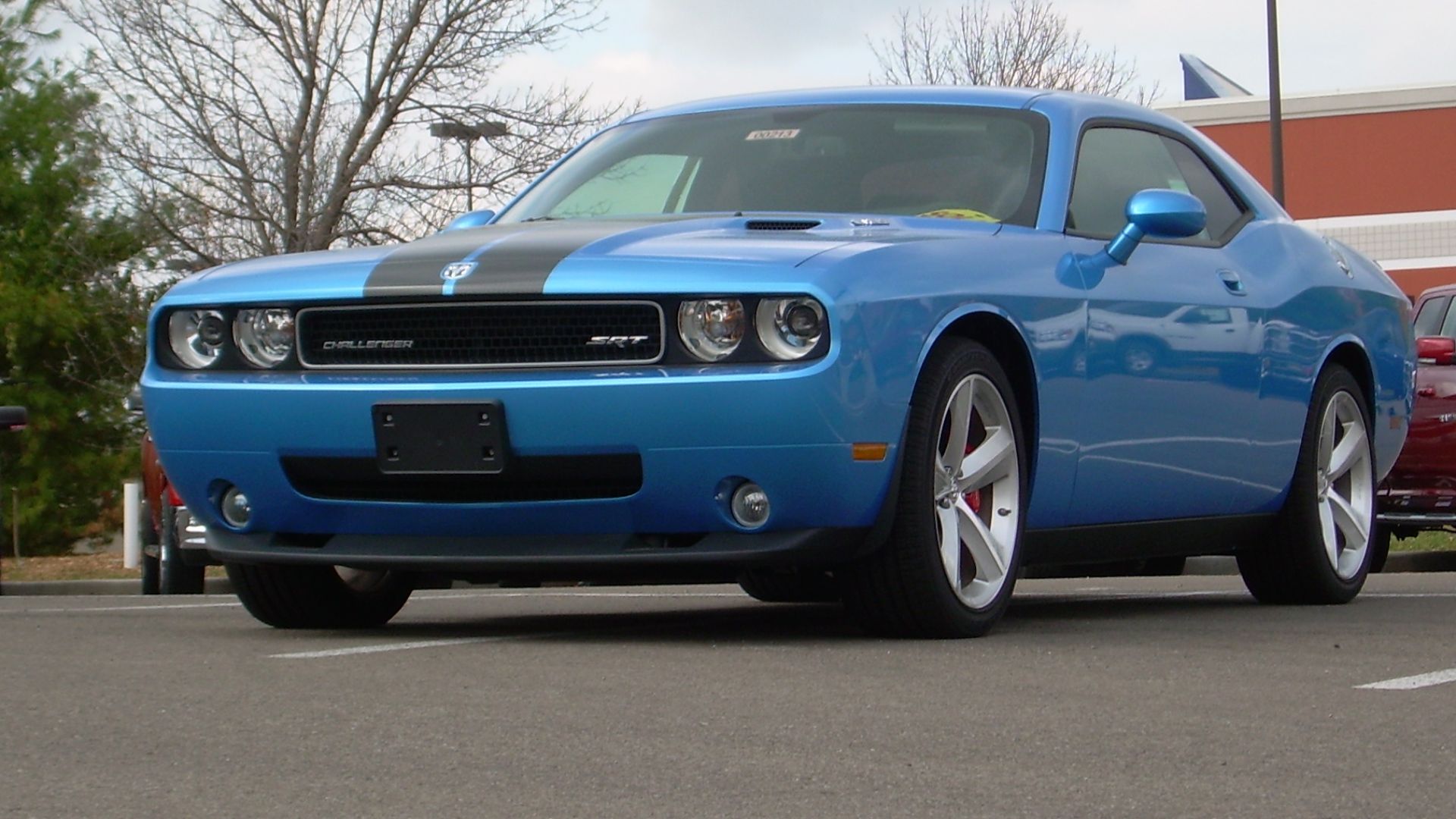 Hunttriumph1500, Wikimedia Commons
Hunttriumph1500, Wikimedia Commons
Don't Challenge Yourself Too Much In A Dodge Challenger (V8 Models)
The Dodge Challenger looks cool in posters, but behind the wheel it’s a dangerous mix for beginners. Massive horsepower, rear-wheel drive, and sky-high insurance rates make it unsuitable. While enthusiasts love it, the temptation to overdo it is real, and new drivers need to learn control before taming a muscle car.
Avoid Charging Ahead In A Dodge Charger (V8 Models)
The Charger is essentially the Challenger’s four-door sibling, and it suffers the same problems: overwhelming power, high ownership costs, and insurance bills that crush a new driver’s budget. While it’s fun on a drag strip, the Charger is the wrong choice for someone still figuring out parking lots and lane changes.
Avoid The Ford Mustang GT
The Mustang GT is an American icon, but new drivers should admire it from afar. Its powerful V8 makes speeding far too easy, and premiums are among the highest in its class. Without years of driving experience, handling that much performance can be a recipe for trouble rather than a rite of passage.
 DariuszSankowski, Wikimedia Commons
DariuszSankowski, Wikimedia Commons
Come Off The Chevrolet Camaro (V8, Late-Model Used)
The Camaro is stylish and fast, but that’s exactly the problem—it’s built for thrills, not caution. New drivers will struggle to balance its high horsepower with safe decision-making, and insurance companies know it. For first-time car buyers, the Camaro is more risk than reward, especially in V8-equipped used examples.
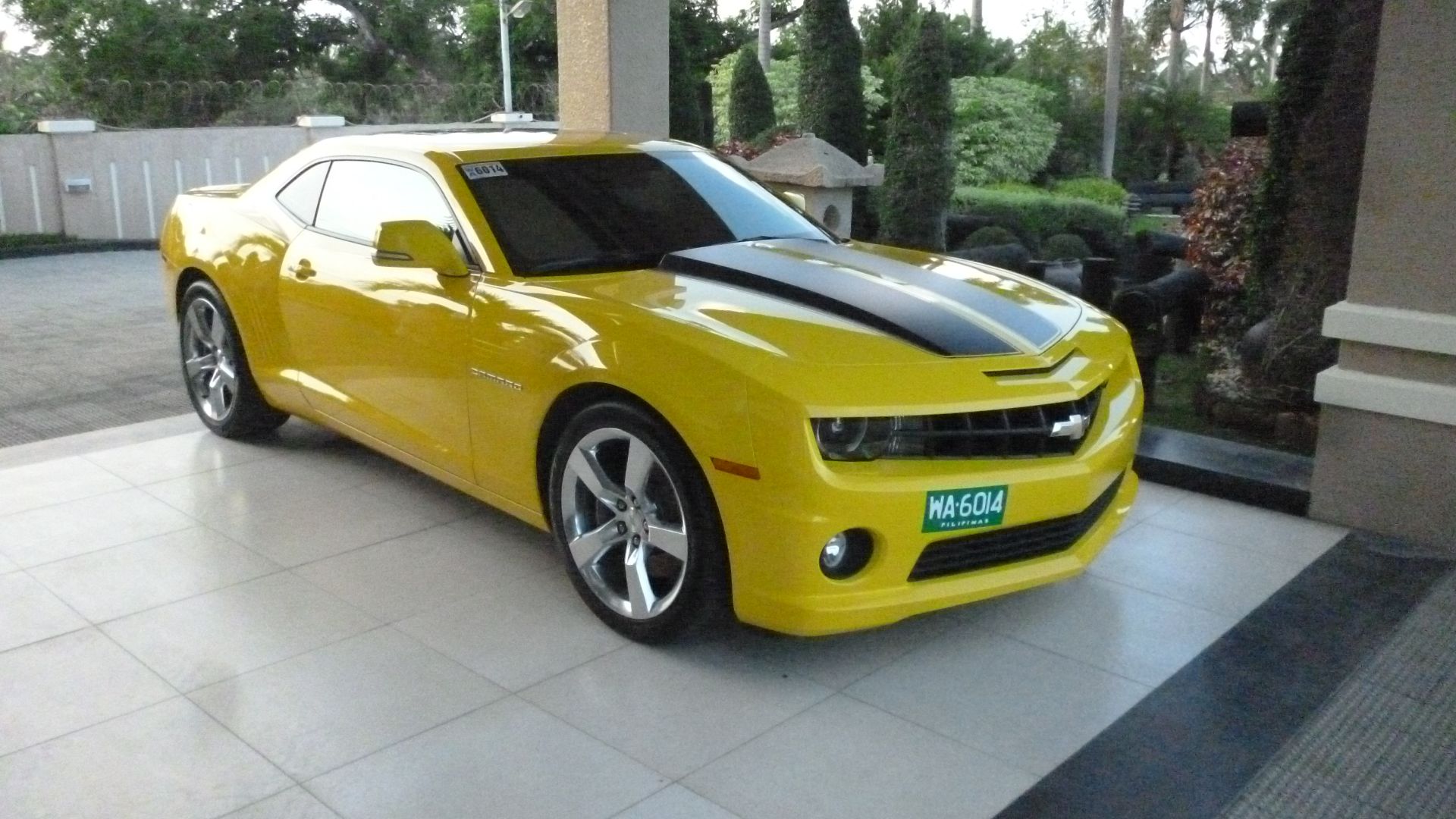 Captainmorlypogi1959, Wikimedia Commons
Captainmorlypogi1959, Wikimedia Commons
You Don't Need A Tesla Model S Or Model 3
Electric cars are often marketed as safe and modern, but Tesla’s Performance models bring supercar-level acceleration. Combined with expensive repairs and some of the highest insurance premiums around, they’re a nightmare for beginners. Great technology aside, these aren’t starter-friendly choices—they’re just too much car, too soon.
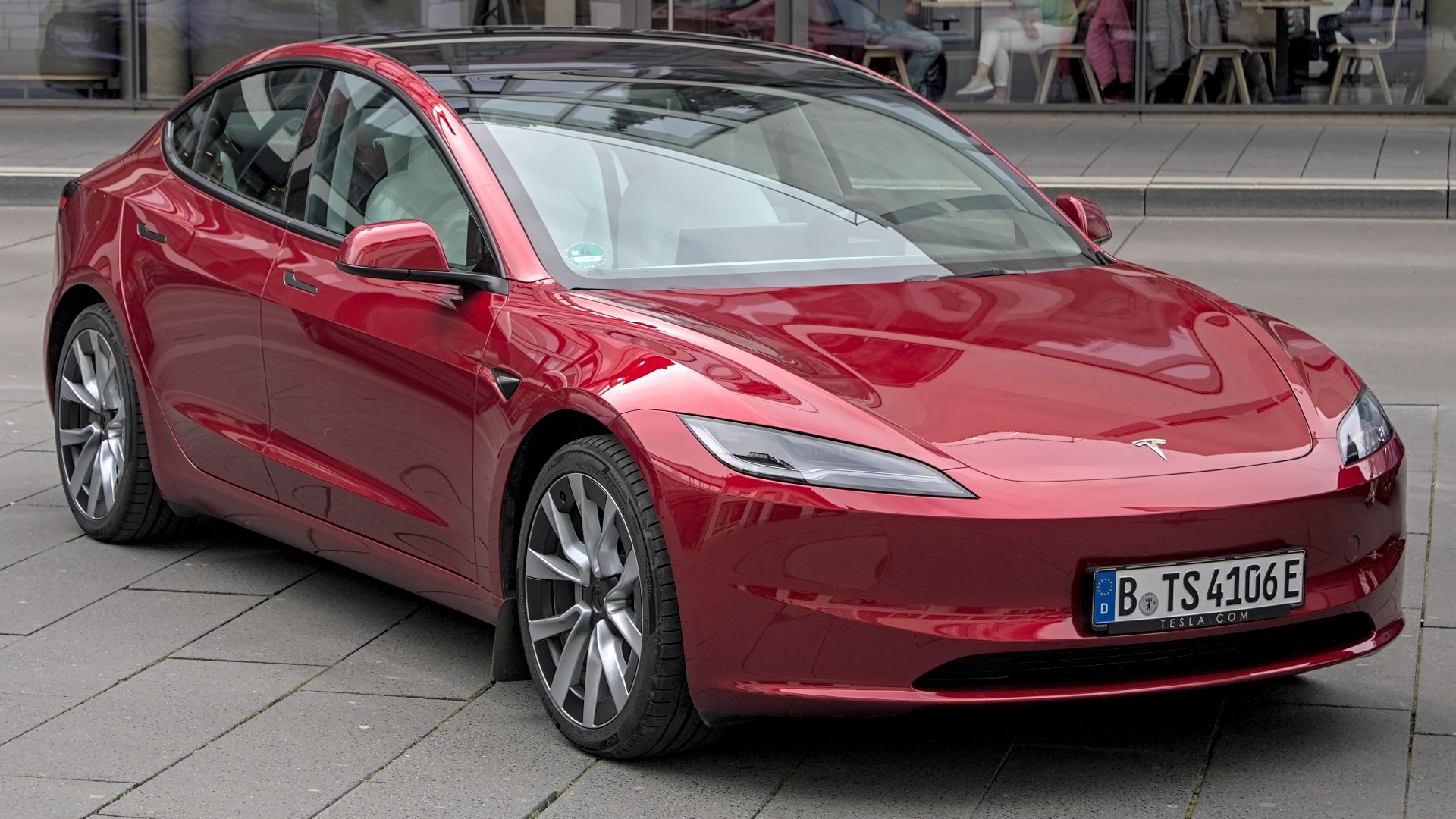 Alexander-93, Wikimedia Commons
Alexander-93, Wikimedia Commons
Four Reasons Not To Buy A Maserati Quattroporte
The Maserati Quattroporte is pure Italian luxury, but for new drivers it’s a financial black hole. Maintenance is notoriously expensive, reliability is questionable, and insurance costs are through the roof. While it might look cool pulling up to college, the inevitable repair bills will make you regret it almost immediately.
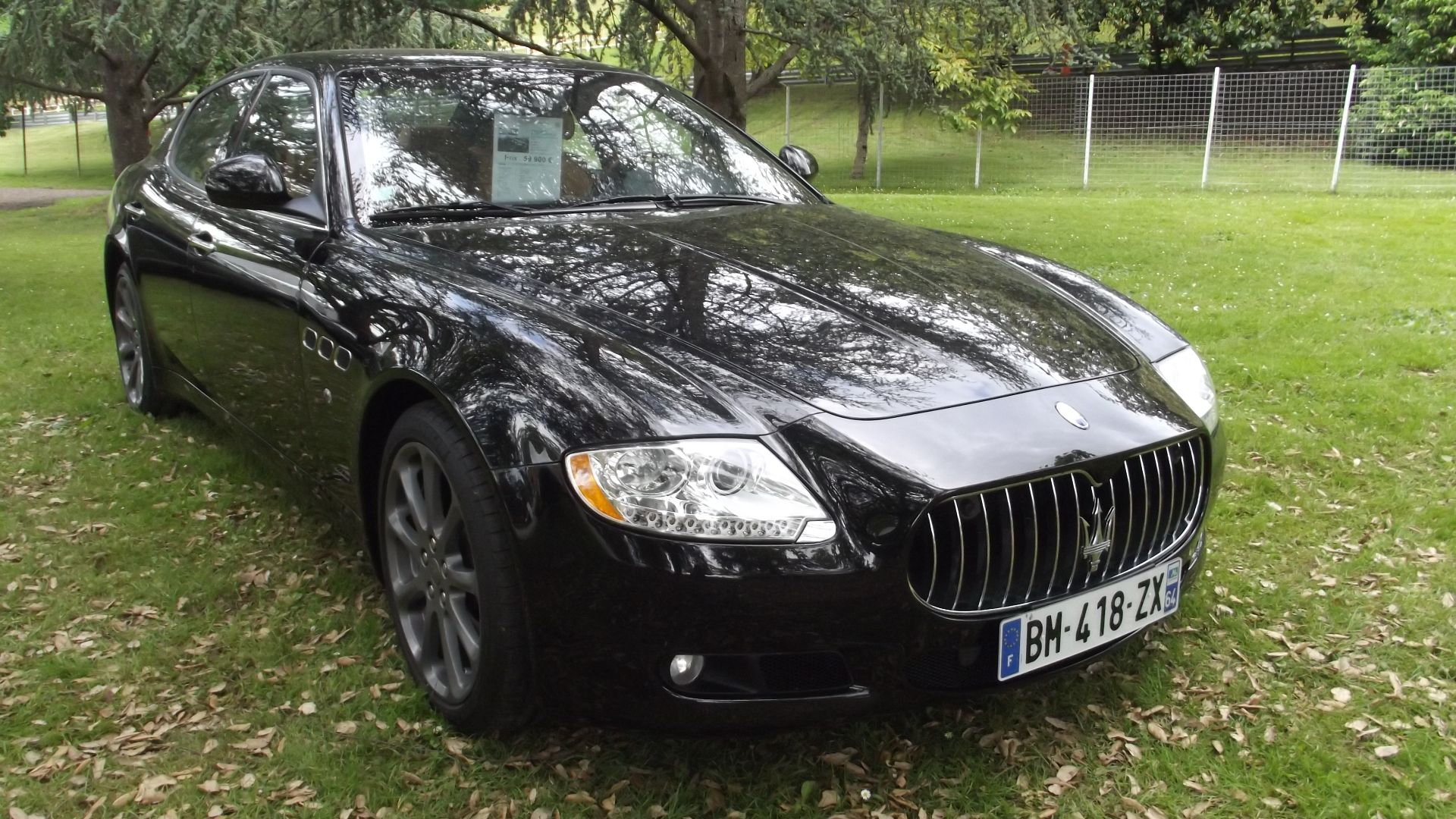 Handelsgeselschaft, Wikimedia Commons
Handelsgeselschaft, Wikimedia Commons
Maybe Later In Life, Young Grasshopper: A Porsche 911
Owning a Porsche 911 is a dream, but for new drivers it’s one of the worst possible choices. The car is built for speed, with sharp handling and extreme performance that demand an experienced hand. Add in premium fuel, costly upkeep, and steep insurance rates, and it’s a recipe for disaster.
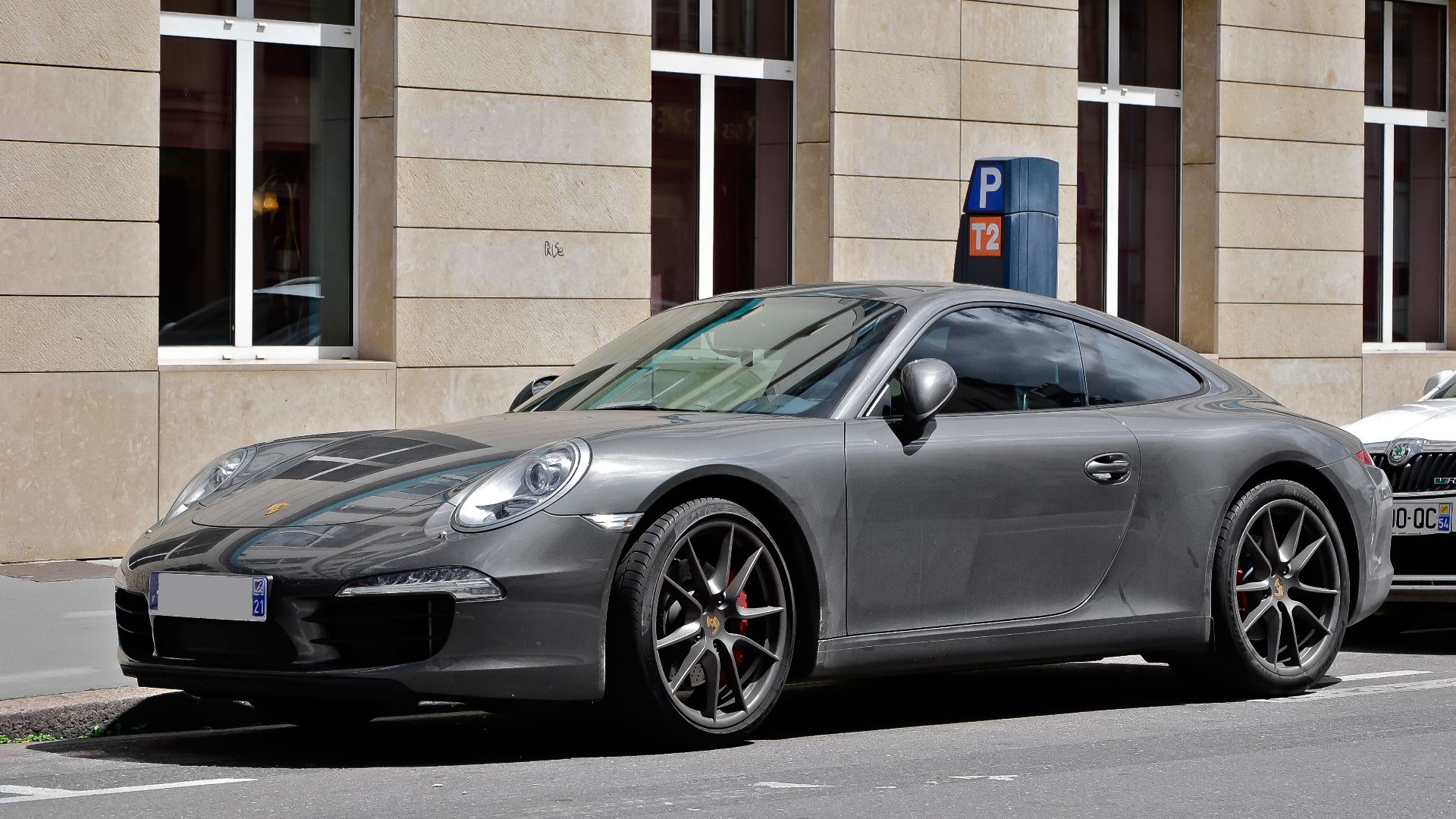 Alexandre Prévot from Nancy, France, Wikimedia Commons
Alexandre Prévot from Nancy, France, Wikimedia Commons
You Can't Afford The Gas For A Cadillac Escalade
The Escalade is flashy, oversized, and intimidating—especially for beginners. Its size makes parking and maneuvering in traffic a nightmare, while insurance and fuel costs skyrocket. New drivers need something approachable and affordable, not a massive luxury SUV that feels more like piloting a bus than a first car.
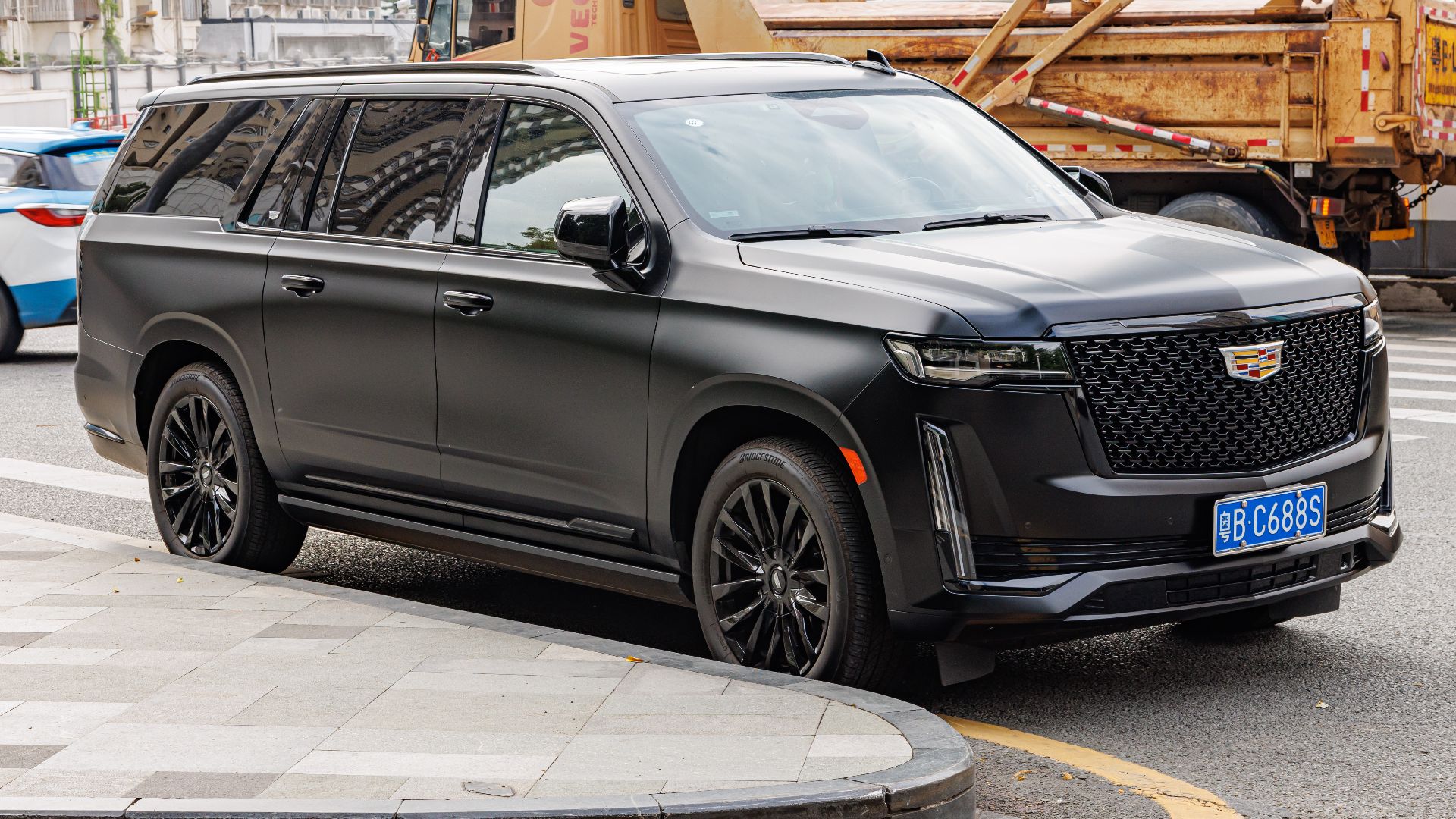 Dinkun Chen, Wikimedia Commons
Dinkun Chen, Wikimedia Commons
You're Not Experienced Enough For The Alfa Romeo Giulia
The Giulia is gorgeous and fun to drive, but Alfa Romeo has a reputation for spotty reliability and costly repairs. For new drivers, that means more time in the shop and less time enjoying independence. Even if it turns heads, it’s a headache waiting to happen—not ideal for a first ride.
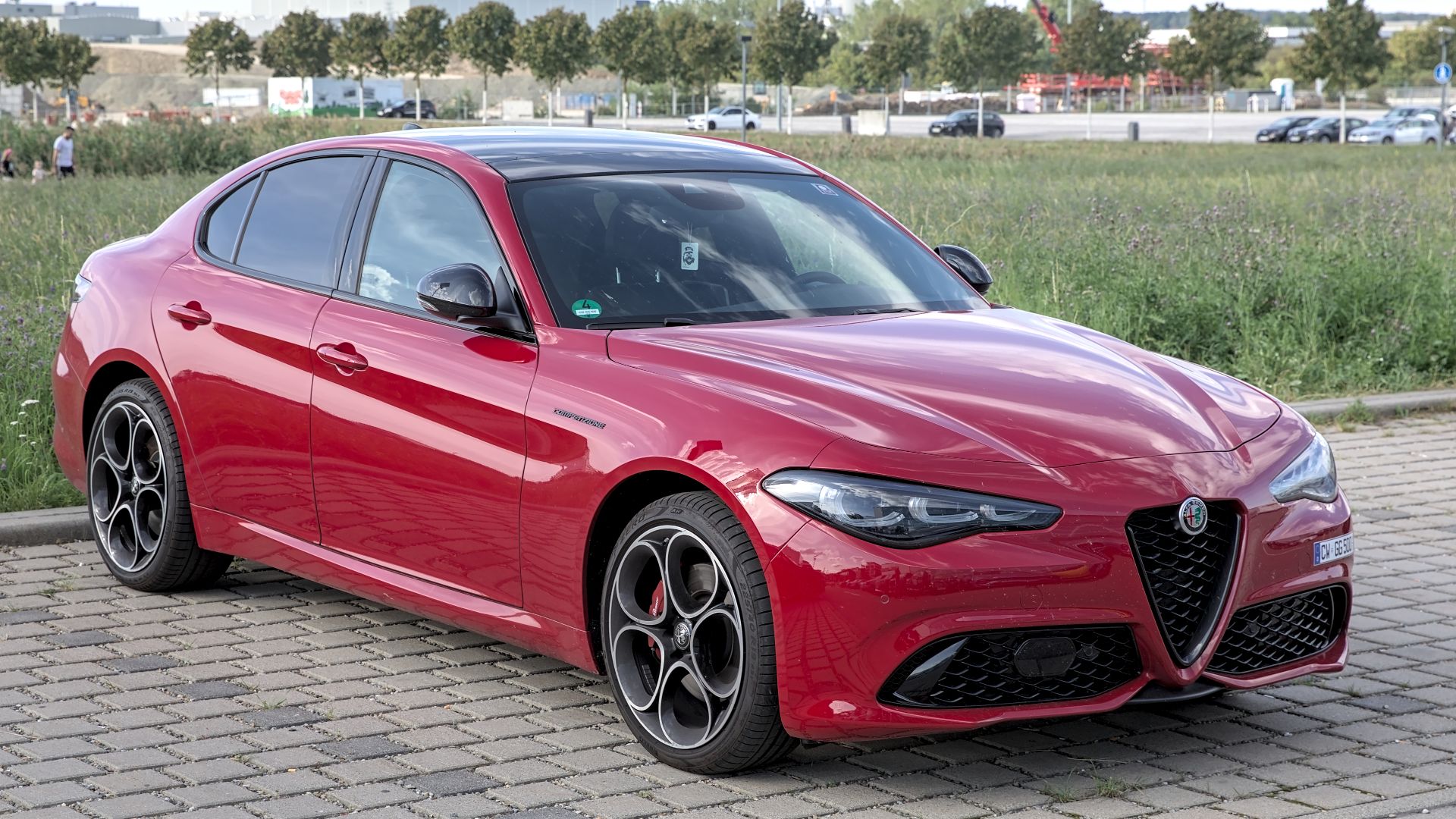 Alexander-93, Wikimedia Commons
Alexander-93, Wikimedia Commons
You're Not Off-Roading In A Land Rover Range Rover
Range Rovers look posh, but their complex tech and shaky dependability ratings make them poor choices for first-timers. Expensive maintenance and high insurance add insult to injury. While they’re popular with celebrities, new drivers need something easier to maintain and far less likely to bankrupt them after a single repair.
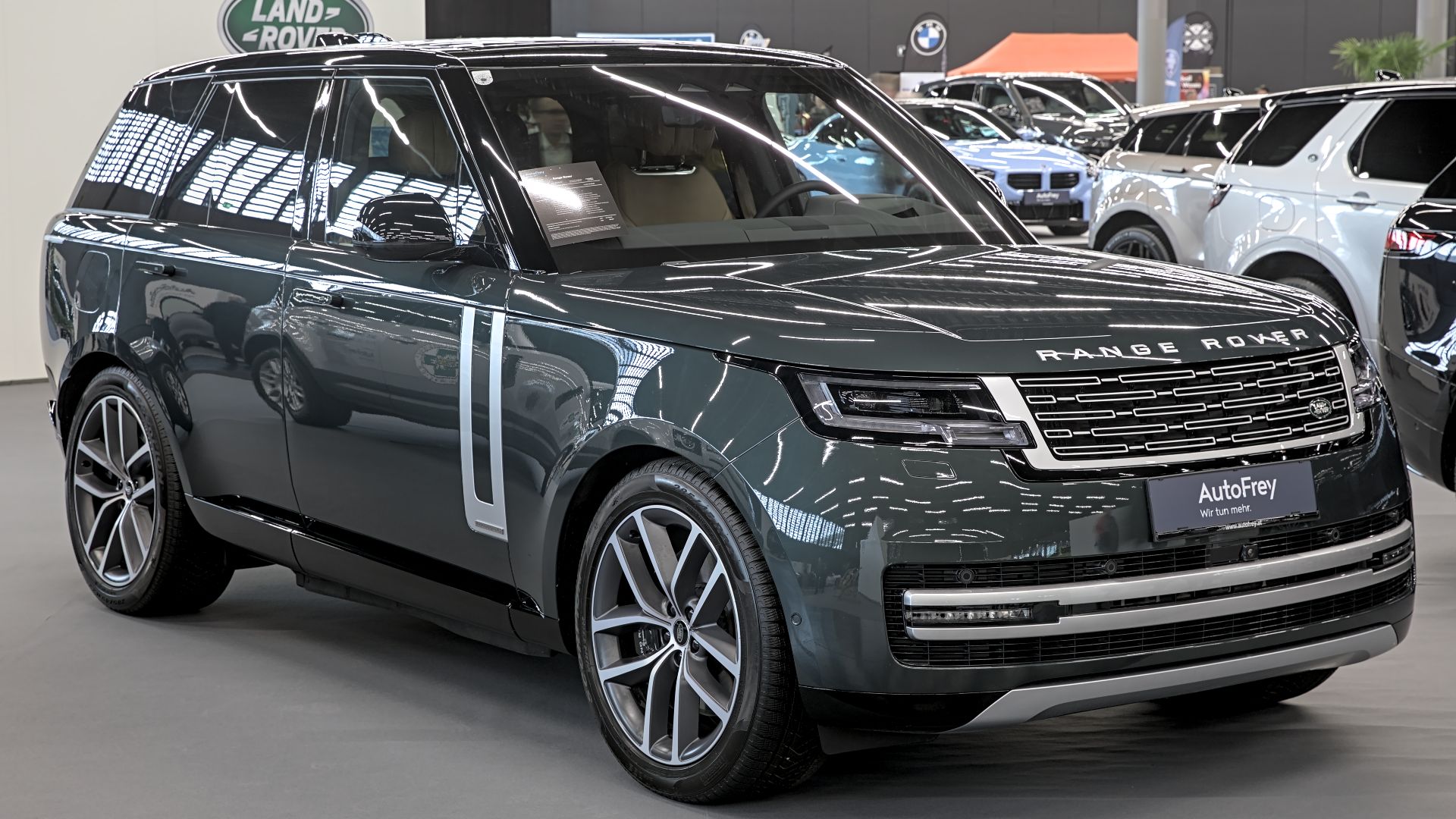 Alexander-93, Wikimedia Commons
Alexander-93, Wikimedia Commons
You Don't Need A Big-Power Pickup Truck
Large, heavy-duty pickups with oversized engines aren’t ideal starter vehicles. Their sheer size makes them harder to maneuver, and the high hoods reduce visibility for new drivers. Add in poor fuel economy and higher-than-average insurance, and these trucks quickly become more hassle than help for beginners.
Don't Hurt Yourself In An Old “Beater” Cars Without Modern Safety Tech
It’s tempting to hand down an ancient hand-me-down car, but vehicles without electronic stability control, modern airbags, or proper crash ratings are dangerous. New drivers are still learning judgment, so having a car with up-to-date safety technology is essential. Saving money upfront isn’t worth the risk on the road.
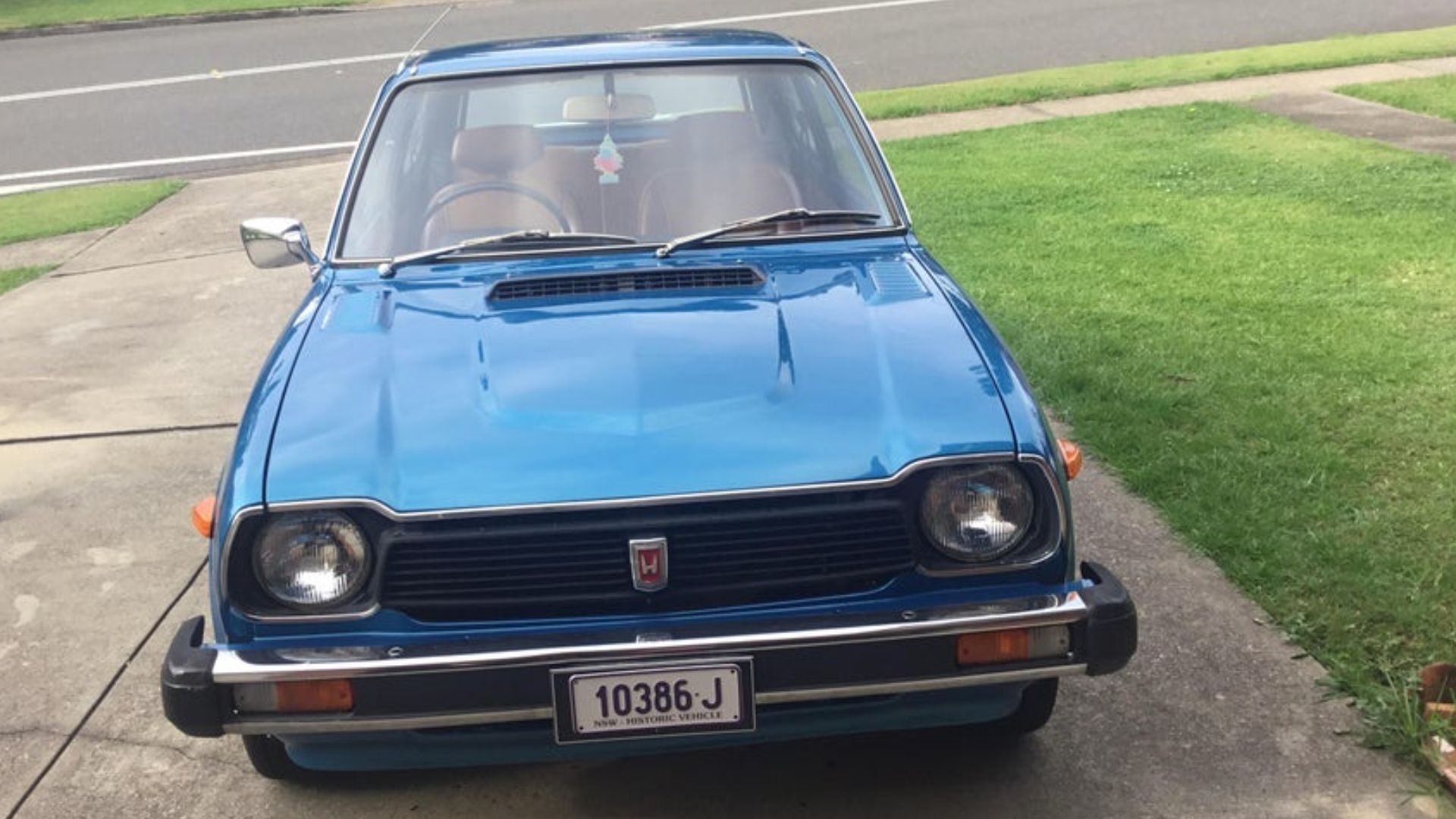 James Hayward, Wikimedia Commons
James Hayward, Wikimedia Commons
As A General Rule: High-Horsepower Anything
This isn’t just about one car—any vehicle with excessive horsepower is a bad idea for beginners. Insurance experts and safety researchers agree: teens are more likely to crash when they have too much power at their disposal. Moderation is key, and starting with something sensible makes you a safer driver long-term.
You Also Can't Afford A Luxury EV
Luxury EVs like performance versions of the Lucid Air or Tesla Plaid deliver instant torque and crushing weight. That combination creates higher crash risks for inexperienced drivers. Add in jaw-dropping repair bills after even small fender-benders, and these futuristic rides are anything but beginner-friendly. Leave them for later in life.
Avoid The Unreliable Niche Luxury Sedans/Coupes
Some cars look sleek on the outside but hide notorious reliability problems under the hood. Brands that score low in J.D. Power or Consumer Reports studies often mean endless repair bills and frustration. For new drivers, that translates to stress instead of freedom—and a first car should build confidence, not anxiety.
Which Will Be Your First Car?
Getting your first car is a moment of freedom and independence, but it’s also a decision that shapes your driving habits for years. Choosing a car that balances safety, affordability, and reliability ensures you’ll spend less time worrying about breakdowns or insurance bills and more time enjoying the open road. Stick with the “best” list and avoid the “worst” offenders, and you’ll be starting your driving journey with confidence.
You May Also Like:
The Best First Cars For Teenagers—According To Data
Hybrid Cars In 2025 That Are Perfect For People Who Like To Save Money

